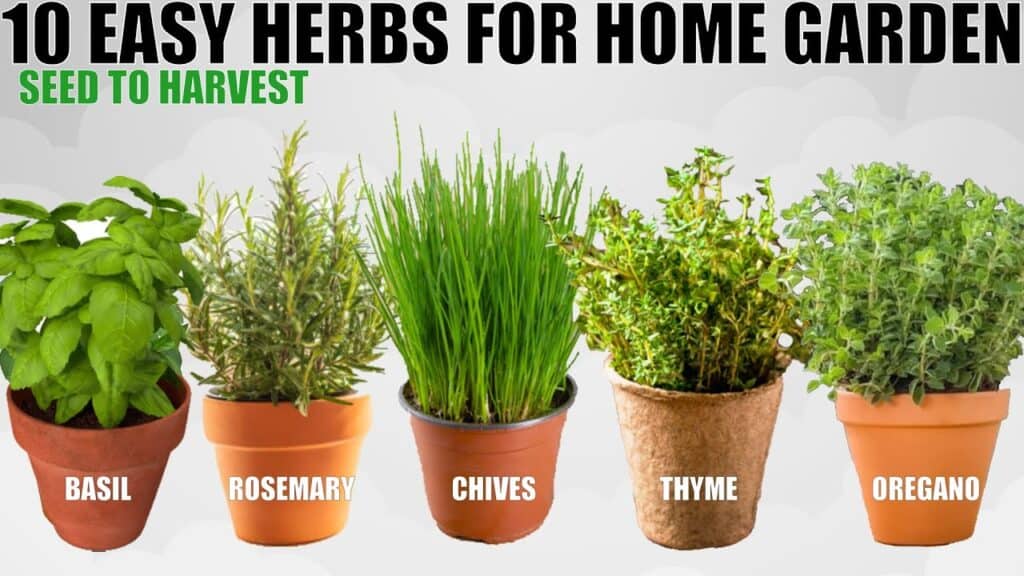
One satisfying way to achieve this is by cultivating your own herbs if you want to improve the taste of your dishes. The sections in this guide will help you navigate the simplest herbs for beginners to grow in pots, whether you have a garden or a bright windowsill, as well as the process of growing them.
Introduction to Herb Gardening
Growing herbs is not only an incredible way to add authentic taste to your food but also to experience the benefits of gardening. It can be a wonderful experience to grow herbs whether you are a very developed gardener or a starter. Herbs are the most comforting, easy to handle, and can live in different types of conditions, even small places such as balconies or kitchen windowsills.
When you cultivate your own herbs, you can guarantee Both the freshness and Quality, which means, you will enhance your culinary creations a lot. Also, the smell of the freshly cut herbs is the best and the only thing that gives your meals this extra fragrance. Here, we will go through the practical features of herb gardening by presenting some basic tips and prevalent mistakes you must not fall to.
Essential Tips for Beginners
- Choose the Right Herbs: Start with herbs that are easy to grow, such as basil, oregano, and mint.
- Quality Seeds: Invest in high-quality seeds to ensure better germination and growth.
- Soil Matters: Use a well-draining soil mix, ideally composed of garden soil, compost, and perlite or vermiculite.
- Water Wisely: Keep the soil moist but not soggy; overwatering can lead to root rot.
- Sunlight: Most herbs require at least 5-6 hours of sunlight daily, so choose a bright location.
Common Mistakes to Avoid
- Overcrowding: Give your herbs enough space to grow without competition for nutrients and light.
- Ignoring Pests: Keep an eye out for pests and diseases; early intervention can save your plants.
- Neglecting Fertilization: Use organic fertilizers every few weeks to promote healthy growth.
- Harvesting Incorrectly: Learn the right way to harvest each herb to encourage continuous growth.
Getting Started with Oregano
Oregano is viewed as a fundamental element in a lot of cooking techniques and it has been identified with its very strong taste and smell. Please help me in finding a good alternative to oregano as it is so simple to plant and cultivate, making it a suitable option for novices. Oregano grows best in hot, sunny areas and needs a soil with irrigation capacity.
If you are beginning to grow oregano, you should take a pot which is not less than 7-8 inches wide and deep. The ideal soil mixture for oregano is 40% garden soil, 30% coco peat, and 30% vermicompost. After arranging your pot and soil, it is time to plant!
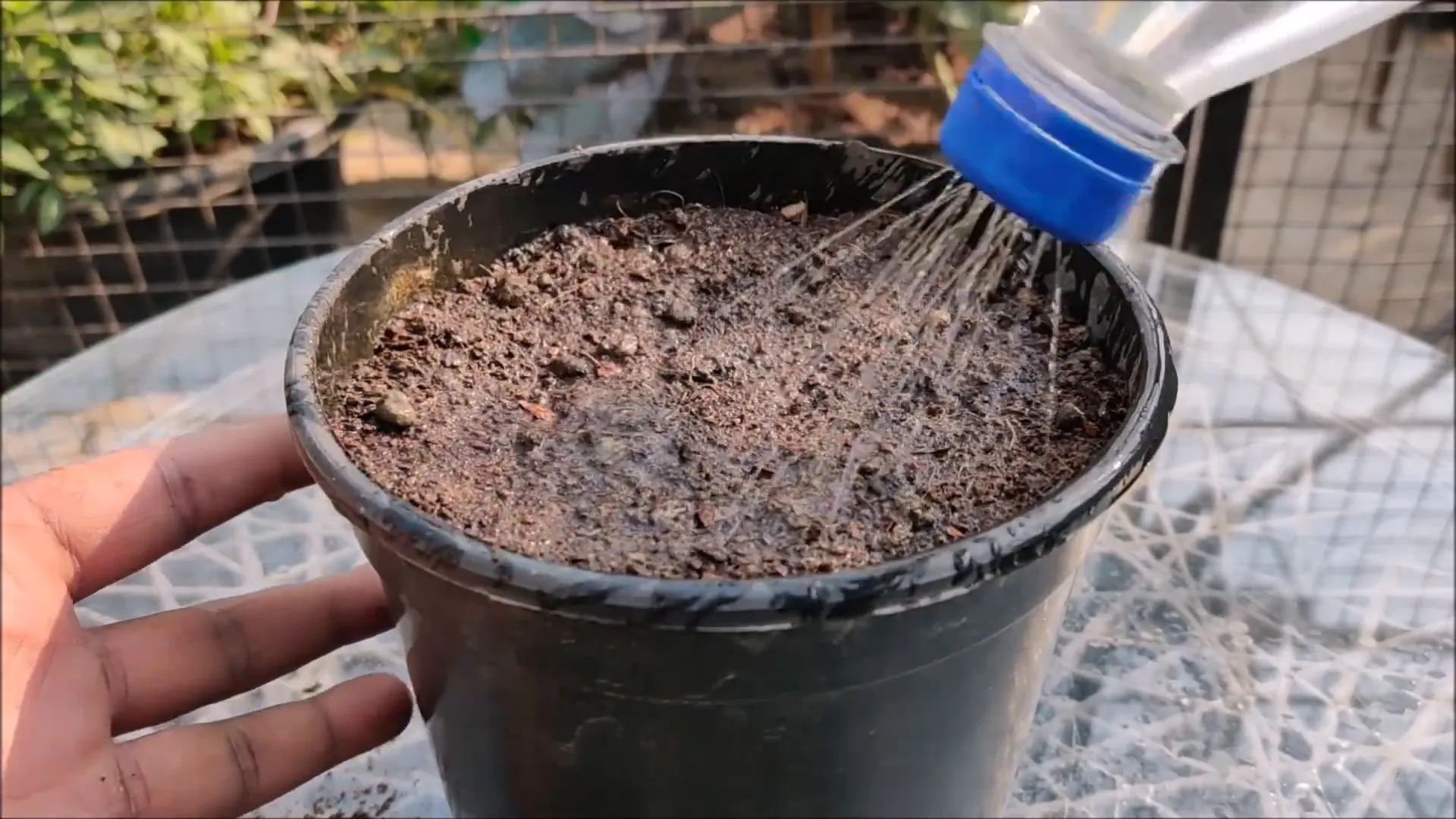
Planting Oregano
The seeds of oregano are very small and should be treated with great caution. Since they need light for germination, distribute them uniformly over the soil surface. Make sure you cover the seeds lightly with soil, press gently, and water them with a gentle shower to avoid the displacement of the seeds.
Usually, oregano seeds germinate in a period of 8 to 12 days. After the seedling grow and become established, it is necessary to keep the soil moist, but avoid any waterlogging, which can lead to root rot and fungal diseases.
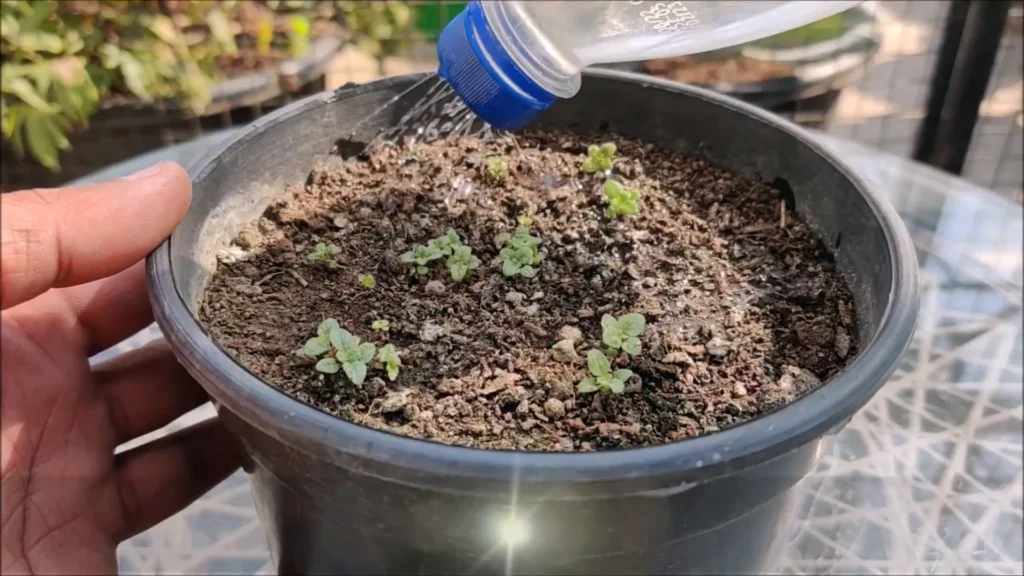
Harvesting Oregano
After getting rooted, your oregano plants will proliferate fast. You may start picking leaves once they are approximately 5-6 inches long. The most effective technique is to nip off the points during their growth, which will promote bushier growth too. Dried or frozen oregano leaves can be kept in sealed containers away from the light for later use.
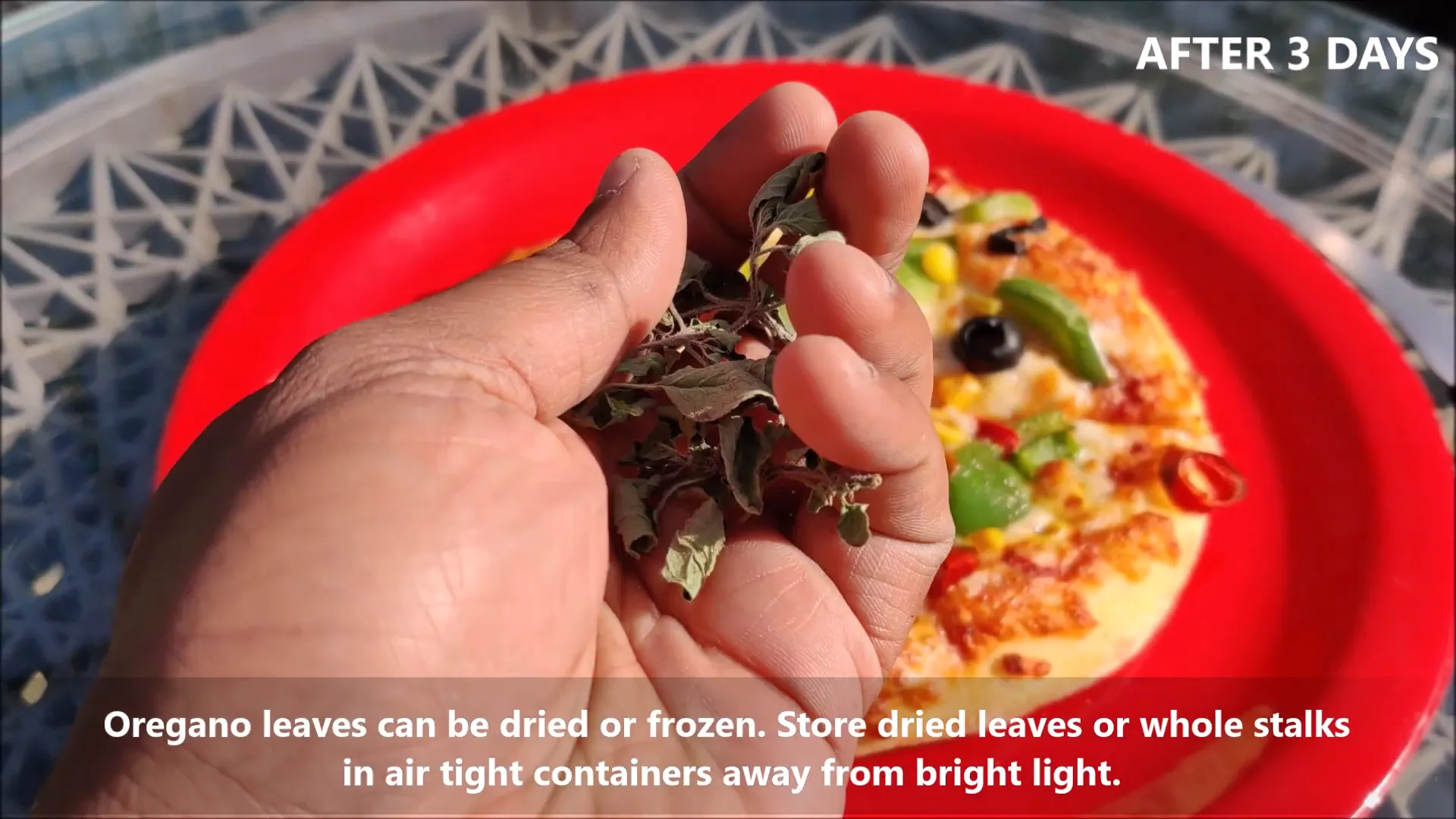
Thyme: The Versatile Herb
Thyme is yet another excellent herb that is not only delicious but also offers a wide range of applications in the kitchen. It is a herb not only in roasted meat but and also in soups and salads. Resilience and various adaptability in different growing conditions of this herb that is a pragmatic choice for people who pursue a hobby of herb gardening.
For the initial phase, it’s advisable to use a tiny expanding pot with holes to prevent the water from being stagnant. Being a desert plant, thyme usually prefers the dry, sandy soil and the best drainage. 50% garden soil, 30% vermicompost, and 20% sand are the perfect blend for thyme. The soil mix should be moistened before sowing to ensure there is enough humidity for the seed to germinate.
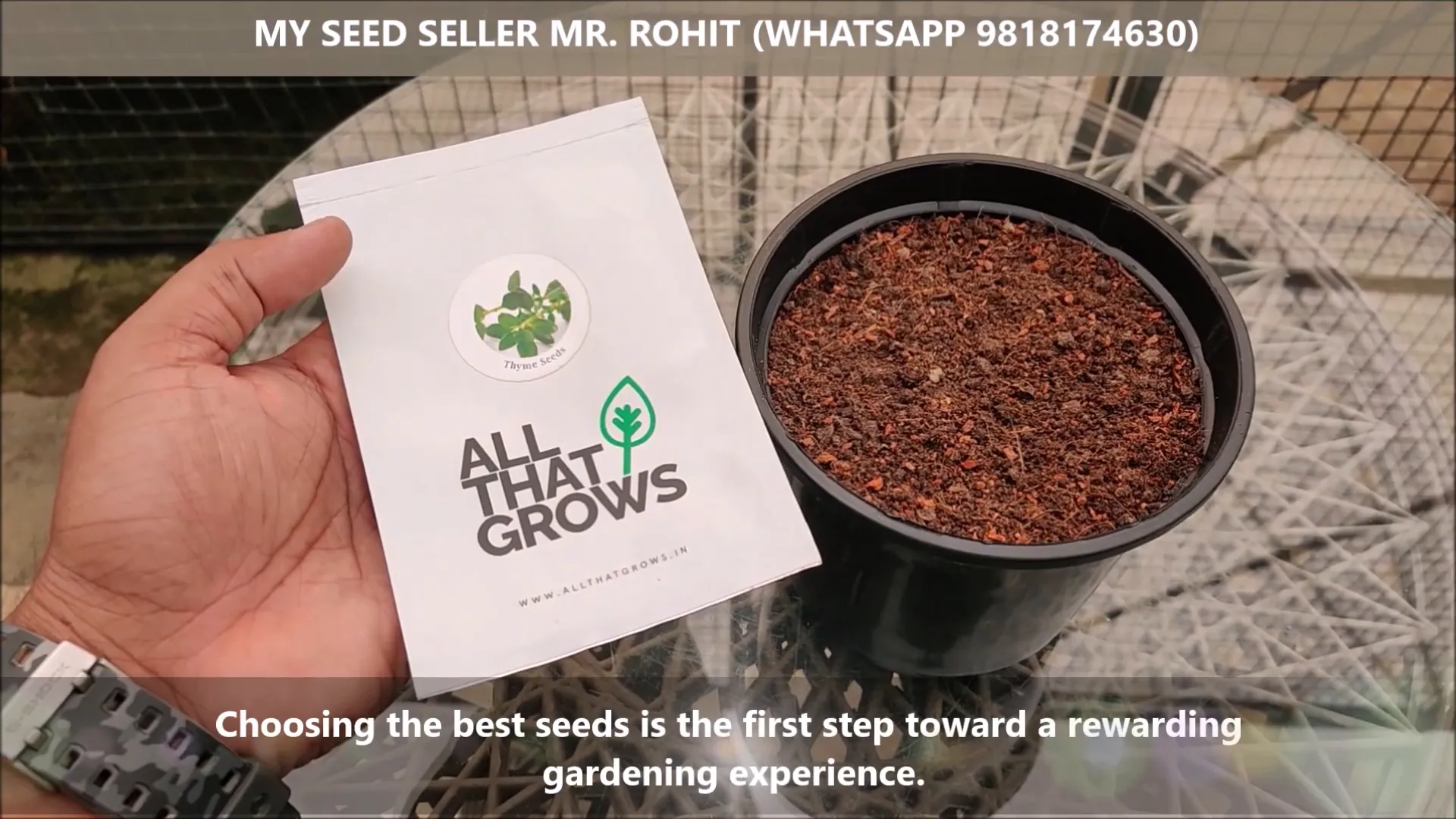
Planting Thyme
Thyme seeds are tiny, so treat them with care. Spread them on the top soil and do not bury them since they require light for germination. Just a slight push of the seeds on the top soil will guarantee good contact. Keep the soil wet while the seeds are sprouting, which takes about 5 to 8 days approx.
After sprouting, those plants should be located in the location that receives a minimum of 5-7 hours of direct morning sunlight every day which is required to develop their aromatic oils. In 70 to 90 days, thyme should be appropriate for harvesting.
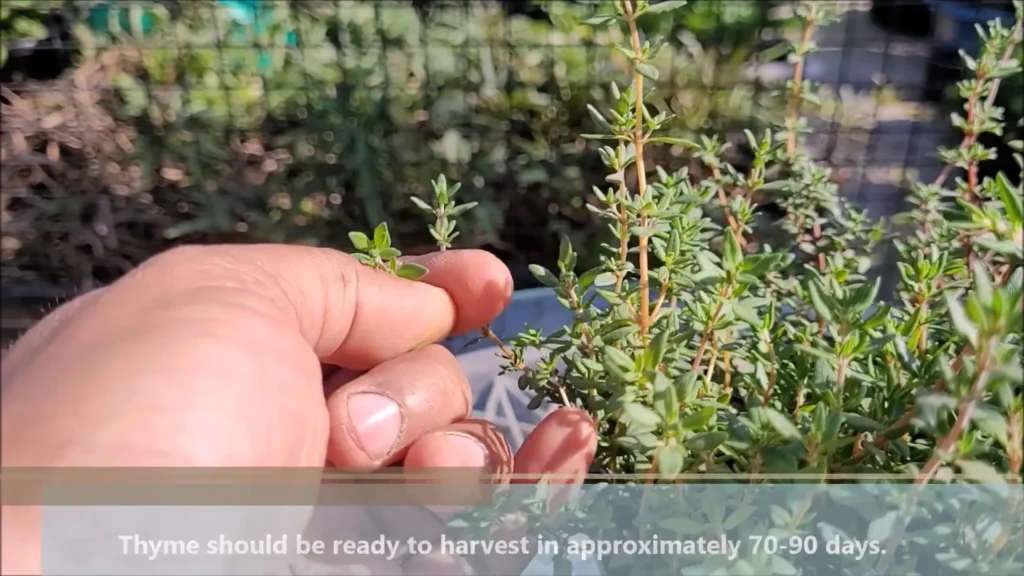
Harvesting Thyme
Harvest thyme by pinching off the outer stems and leaves, leaving some on the plant to encourage future growth. During the spring and summer, thyme will bloom with tiny flowers that attract beneficial insects, enhancing your garden’s ecosystem.
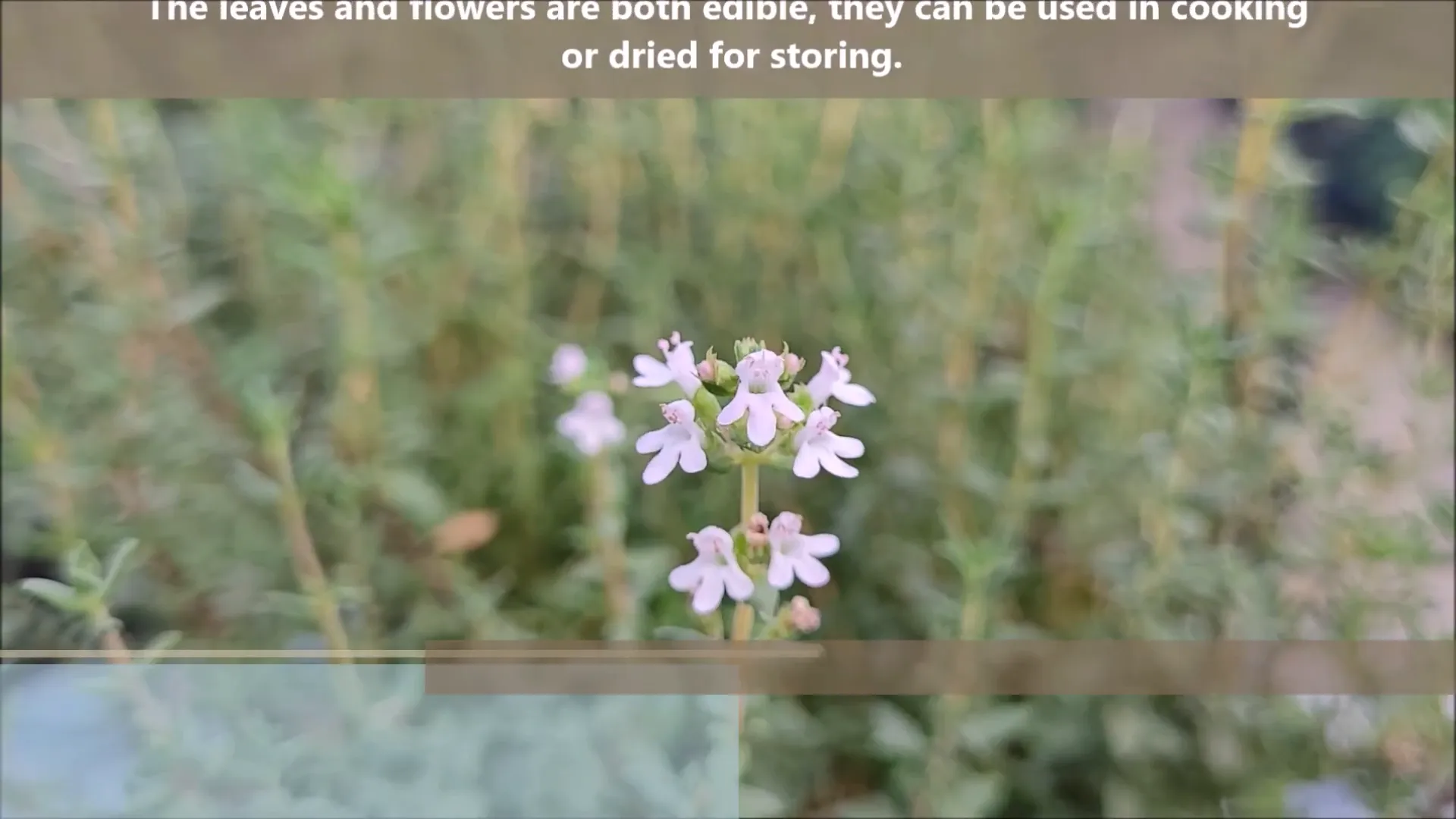
Growing Lemongrass: A Tropical Delight
Lemongrass is a tropical herb, that bestows the dishes a bright citrus flavor with its presence in Asian cuisine. The essence is not very difficult to cultivate, and the main component required is a fresh lemongrass stalk bought from the supermarket. You must only check that the lowest portion of the stalk is whole and has not dried out.
An ideal pot for ”helianthus” plant is a medium sized pot that has mottled foliage around 12 inches wide and should have a depth of 15 inches of at least but with drainage holes. A suitable soil mix would be 50% garden soil, 30% cattle manure, and 20% river sand. Remove the top leaves from it, just leaving 3-4 inches of the stalk and put the bottom part in a 2-3 inch deep hole made in the soil mix.
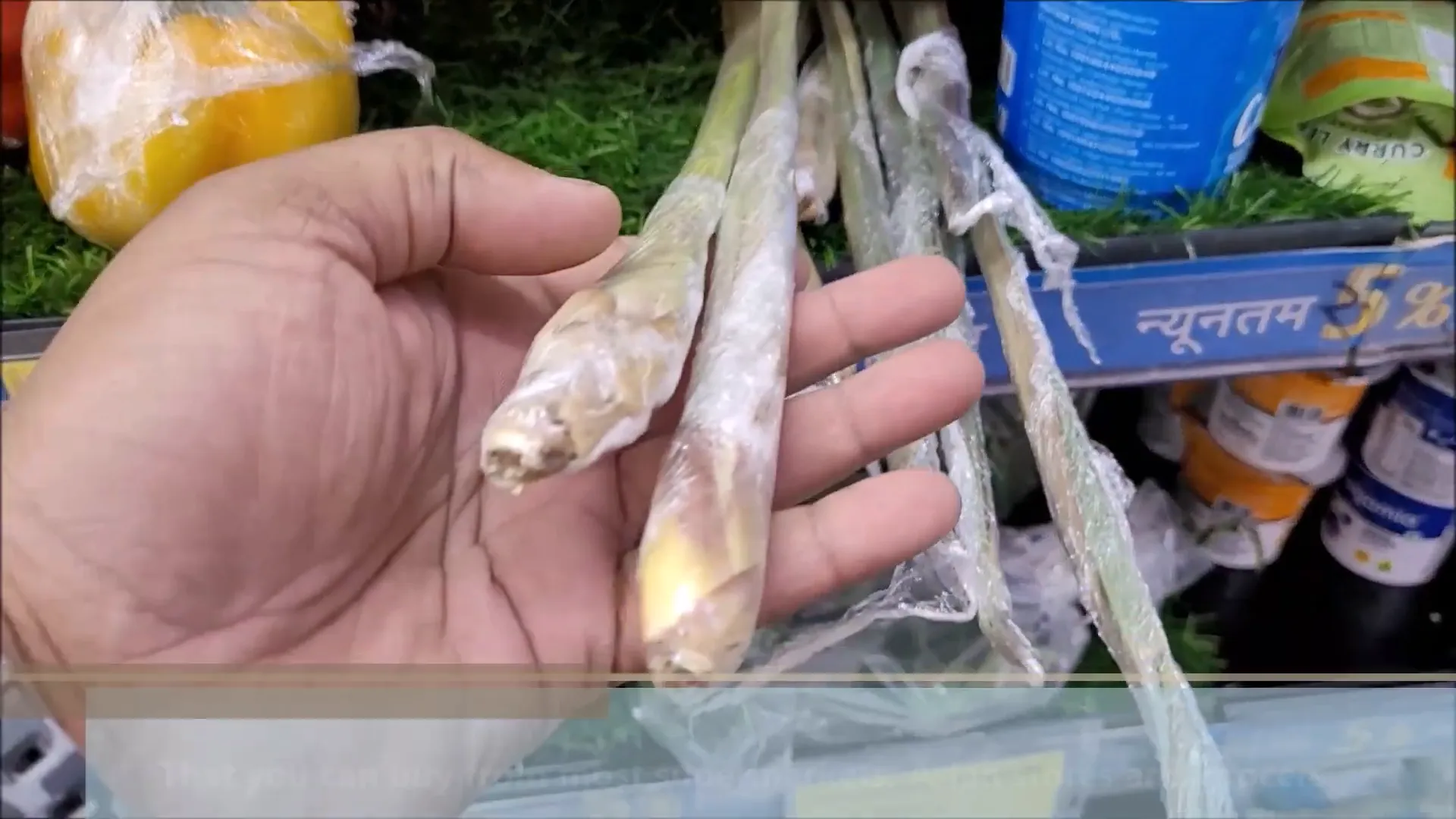
Caring for Lemongrass
After you plant the lemongrass, make sure to water it well first to let it relax. You can see the sprouts of new leaves in about a week to eight days. Lemongrass is a plant of warmth and sun, so you should set it up at a place where it receives direct sunlight of 5-7 hours daily. Water the soil to keep it moist but not overly wet, and apply cattle or vermicompost every 18-20 days for growth to be healthy.
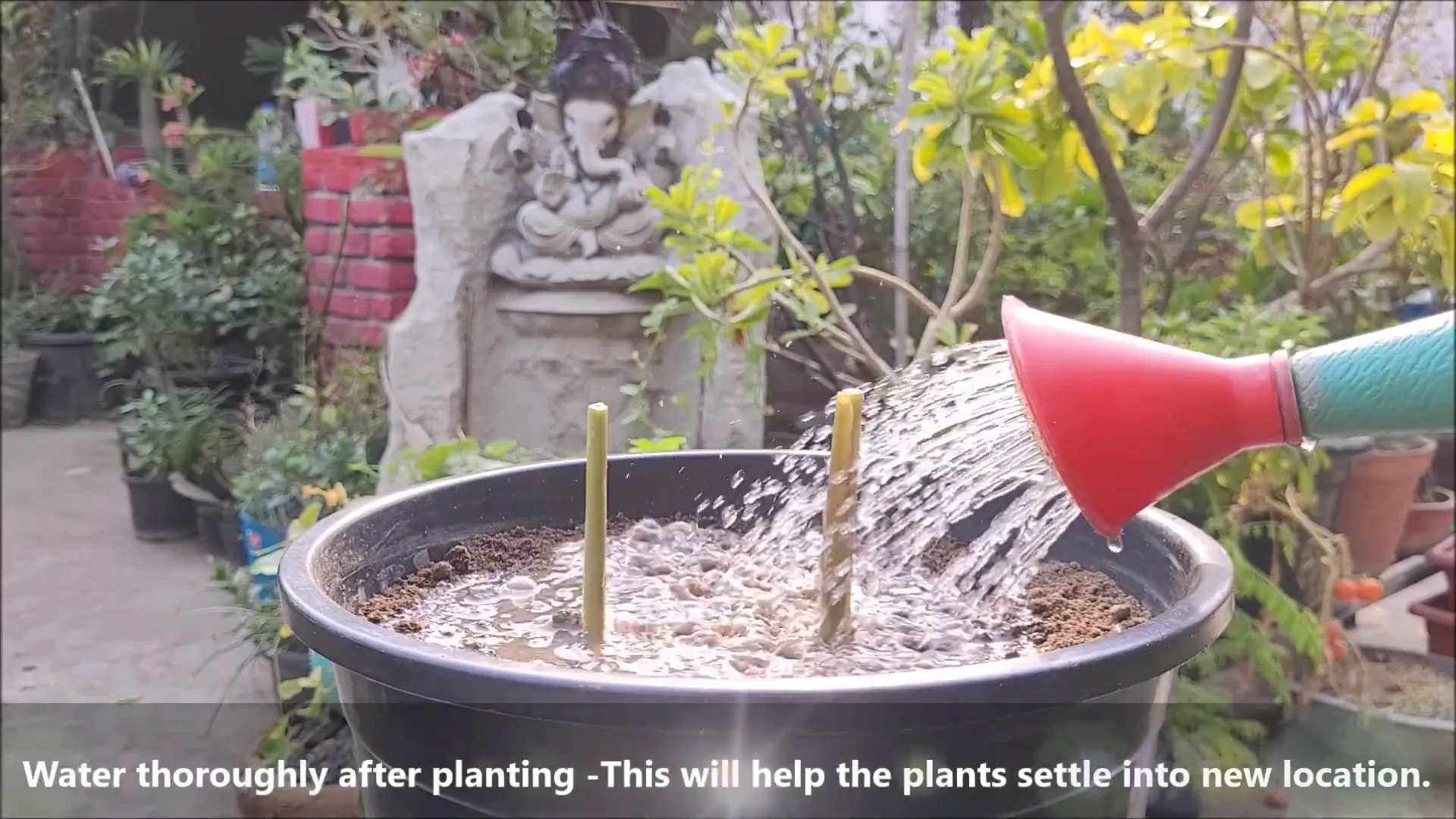
Harvesting Lemongrass
For lemongrass, it is best to cut 4-6 inches from the top, but be sure to leave enough on the plant so that new growth can occur. The spicy taste of lemongrass-a herb widely used in Southeast Asia to flavor soups, sauces, and drinks-makes it a popular component in many recipes.
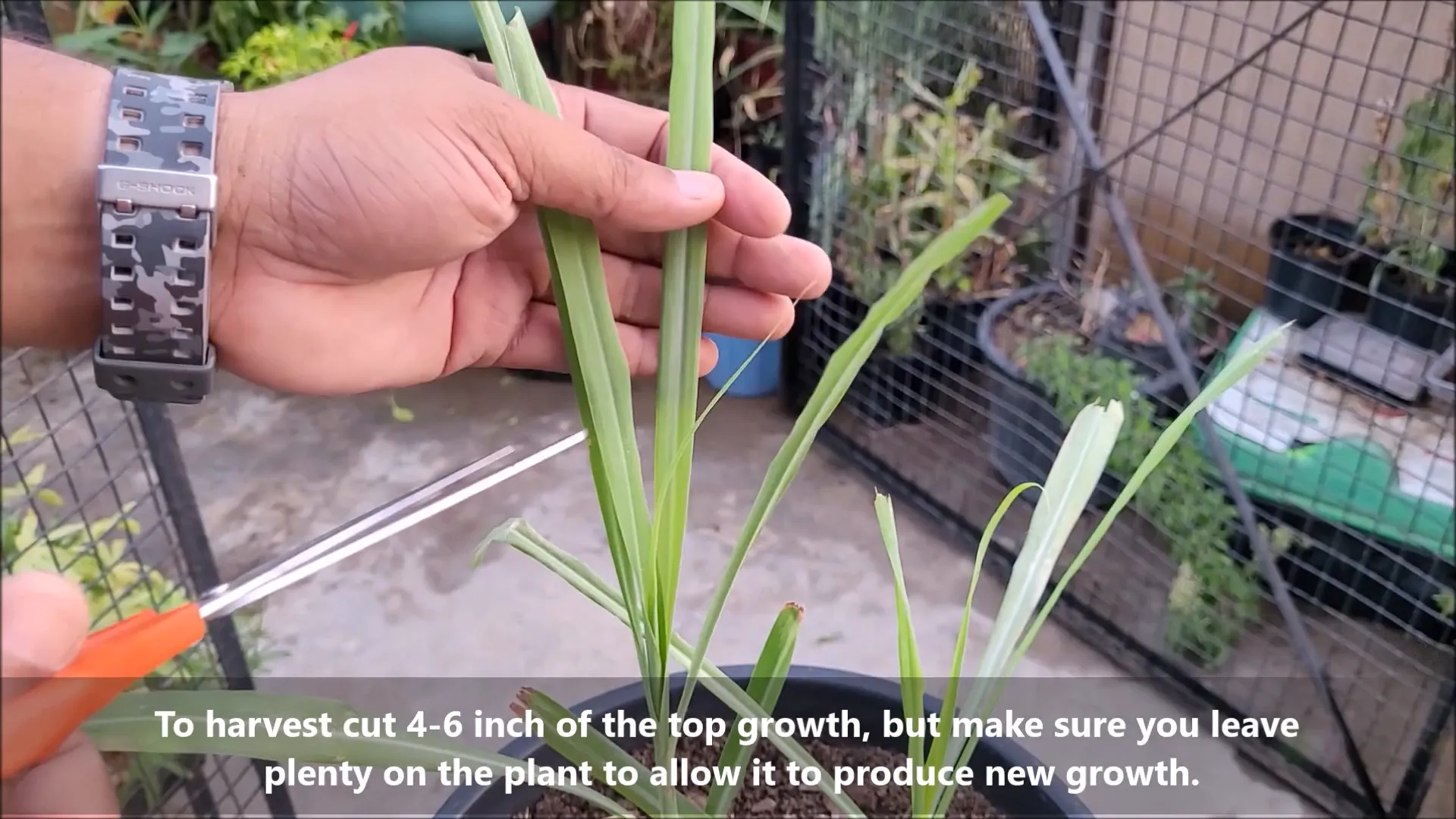
Celery: The Crunchy Herb
Celery is a special herb that is best known for its secret ingredient to crunchy salads, soups, and stews. The appreciation of this plant for its taste and being a good source of nutrients can hardly be overemphasized. Though the small seeds make it somewhat of a challenge to grow celery, if you follow the proper methods, it is no longer a difficult task for beginners.
Initially, you can either use a commercial seed starting mix or prepare your own by mixing garden soil 40%, cocoa peat 30%, and vermicompost 30%. It is advisable to dampen your soil mix before sowing the seeds to provide the right environment for germination.
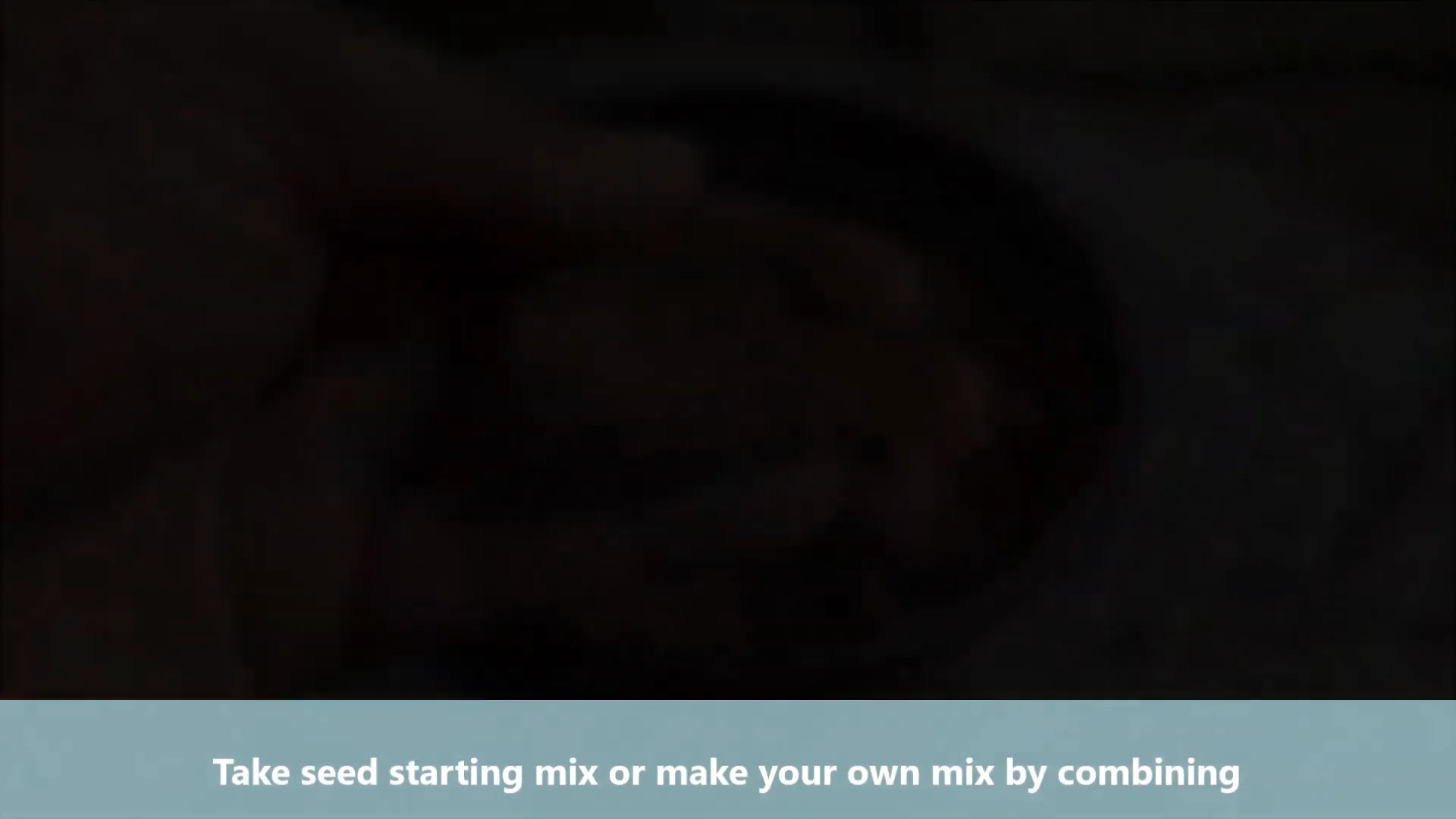
Planting Celery
Plant the tiny celery seeds by the method of sprinkling on the soil mix surface. It is necessary to cover them with a little soil, because too much coverage can hinder the germination. Water the area carefully so that you will not dislodge the seeds and, besides, keep it constantly moist. Usually the seeds of celery will germinate within the 8 to 10 days’ period.
Celery is a plant that does better in mild temperatures and its ideal planting season is spring and autumn. They can be moved to other bigger containers once the young plants grow up to 4 to 6 inches in height.
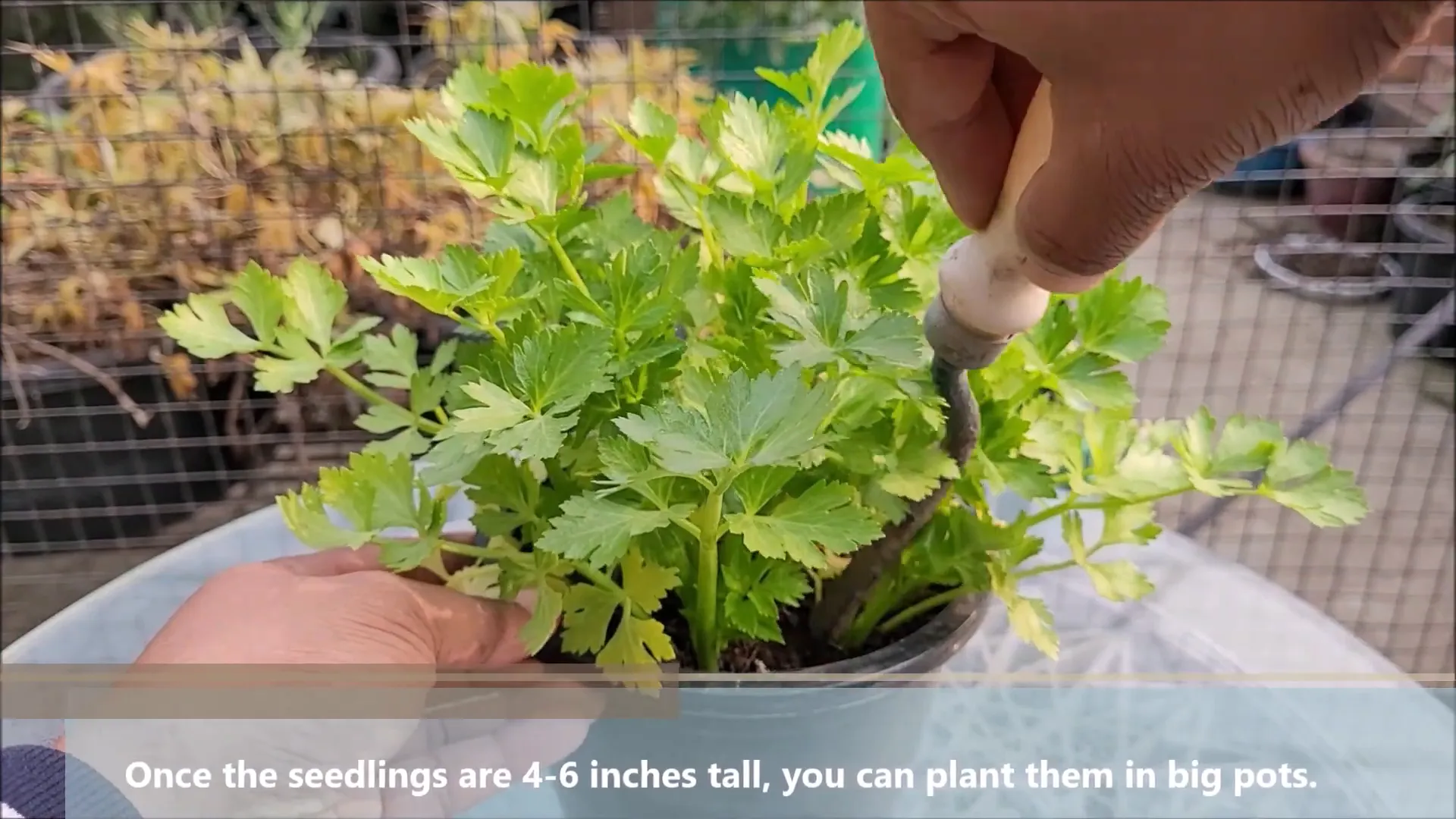
Caring for Celery
The ideal soil for celery cultivation is the well-aerated and highly organic soil. 50% garden soil, 30% cattle manure, and 20% river sand mixture will be appropriate. In transplanting, make sure the soil surface is at the same level as the original seedling.
Your celery seedlings should be watered well and kept in moist conditions consistently. They need 6 to 8 hours of sunlight every day for proper growth.
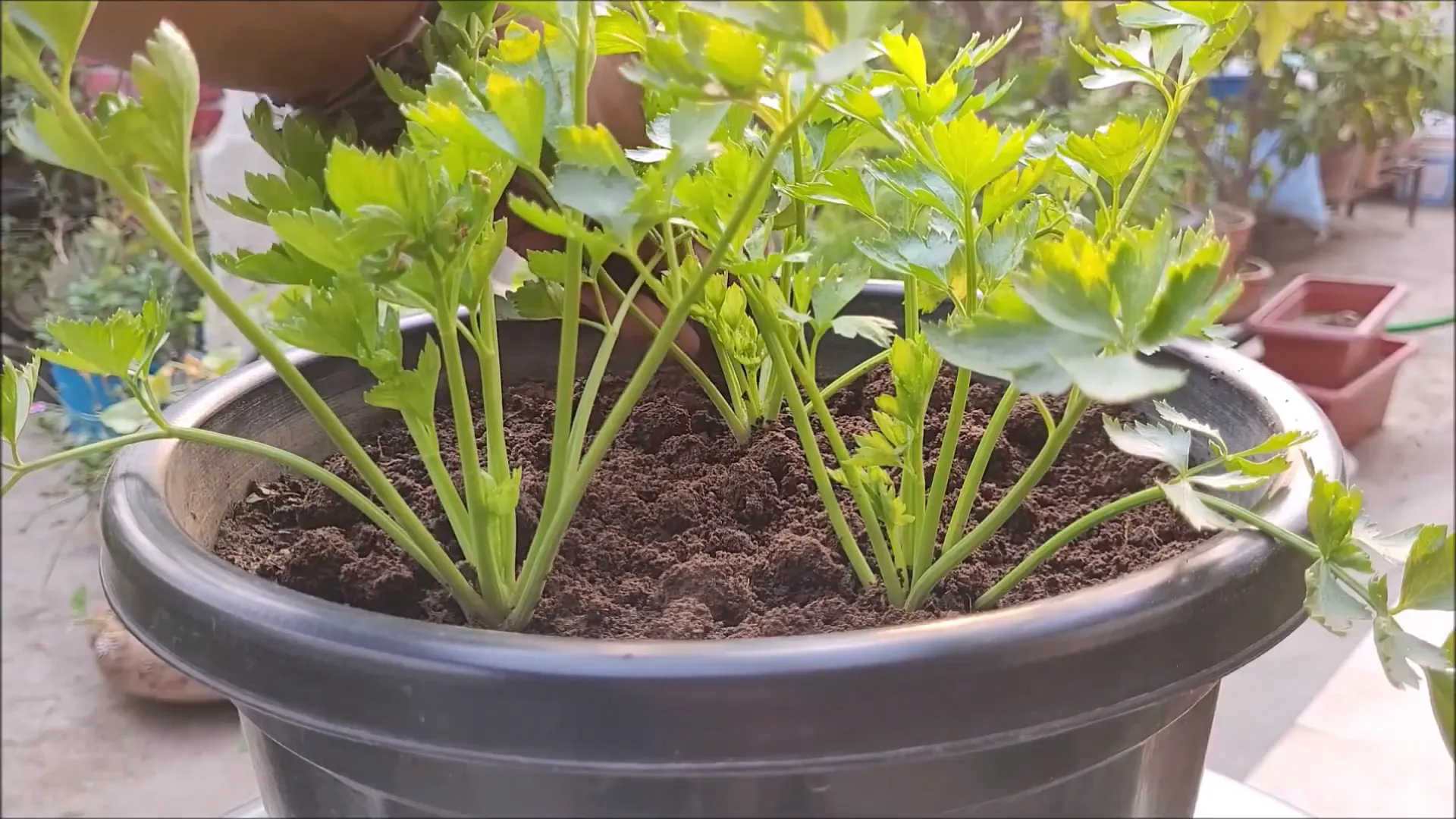
Harvesting Celery
Celery harvesting, not straight away uprooting the whole plant. You can start to dislodge the single stems when they become the thickness of a pencil. Employ the downward and outward pulling motion to break the required stalks without preventing the plant to continue its growth.
Not only the fragrant leaves of Celery can be consumed but also the starchy roots are edible, and thus it becomes more versatile in the kitchen.
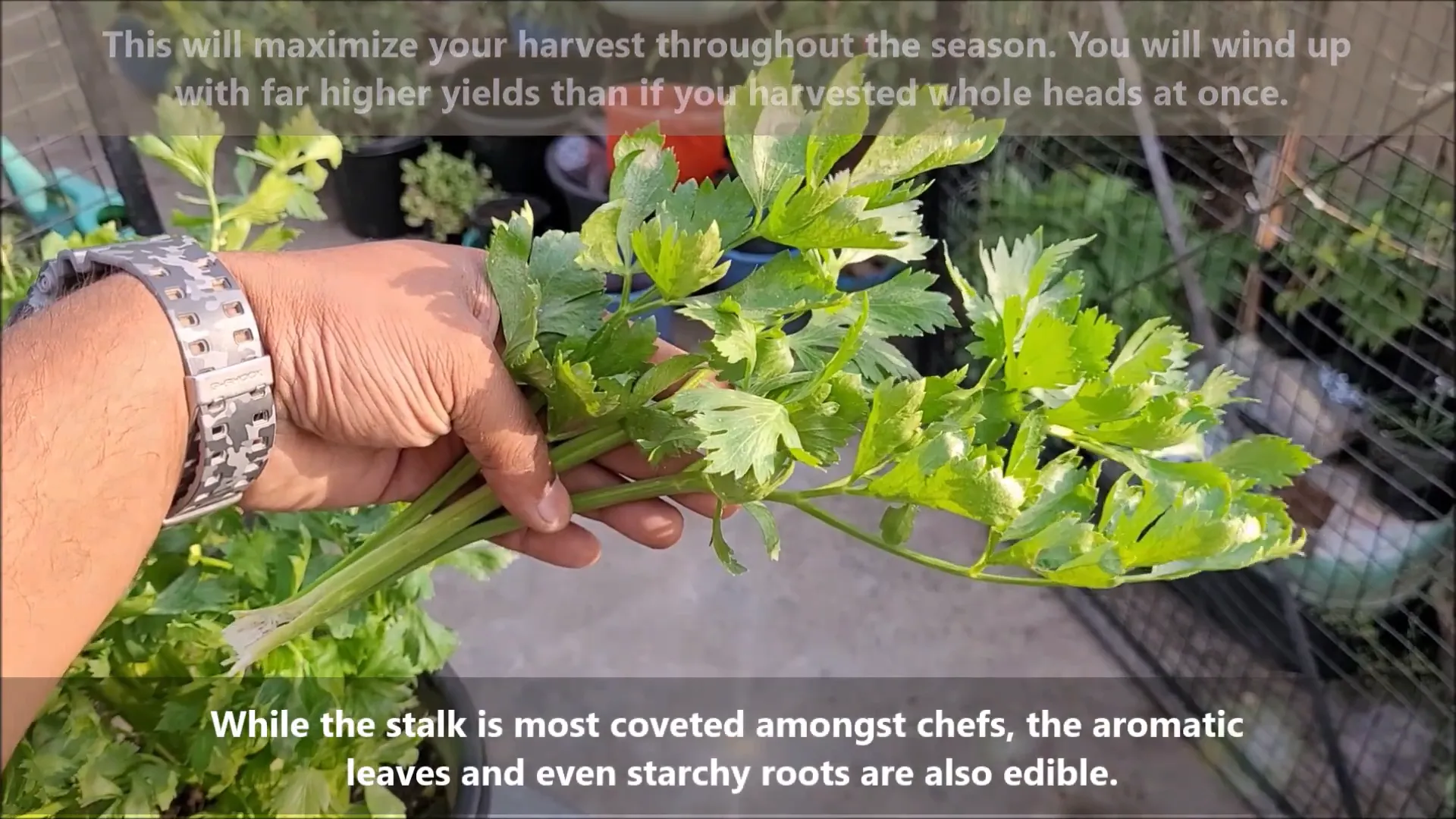
Chives: The Easy-to-Grow Garnish
Herbs are one of the simplest kinds of plants to take care of and therefore are the most suitable for people who are just starting. Due to their gentle integrated flavor of onion, they can be used to improve an array of dishes such as salads or even omelets. Well-drained soil is what Chives require in order to flourish and they can also grow in partial shade, although full sun is their preferred condition.
For the first step, you need to choose a medium pot of about 7 to 8 inches in width and depth that features drainage holes. For the best possible growth, mix 50% garden soil, 30% cattle manure, and 20% river sand to create a soil mix.
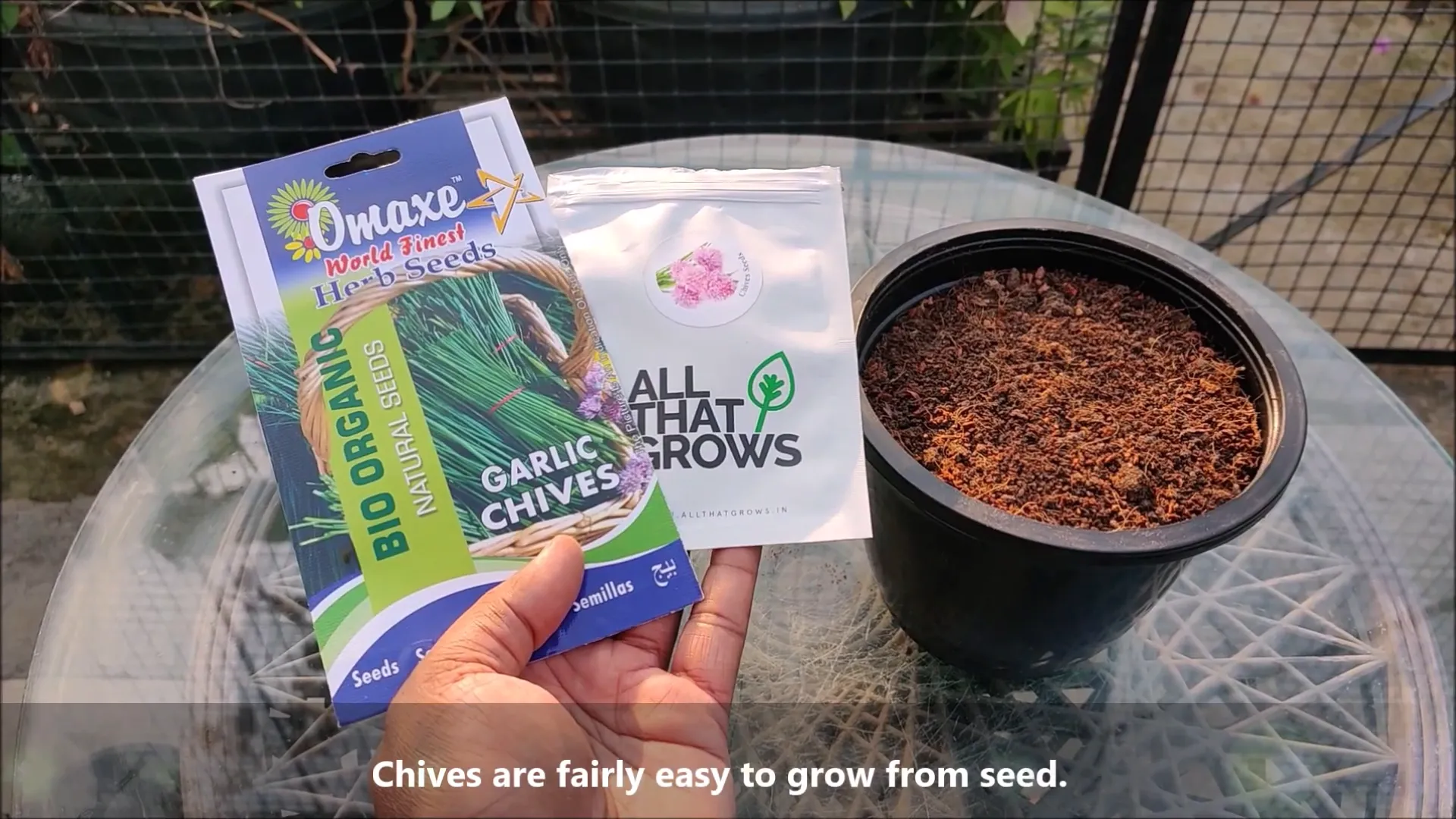
Planting Chives
Sprinkle the chive seeds uniformly on the upper side of the soil then, rake it to cover them a little. Use your fingers to apply slight pressure so the seeds can have good contact with the soil. Water the seeds gingerly so they won’t be washed away and retain the soil moist until the end of the germination period which lasts nearly a week.
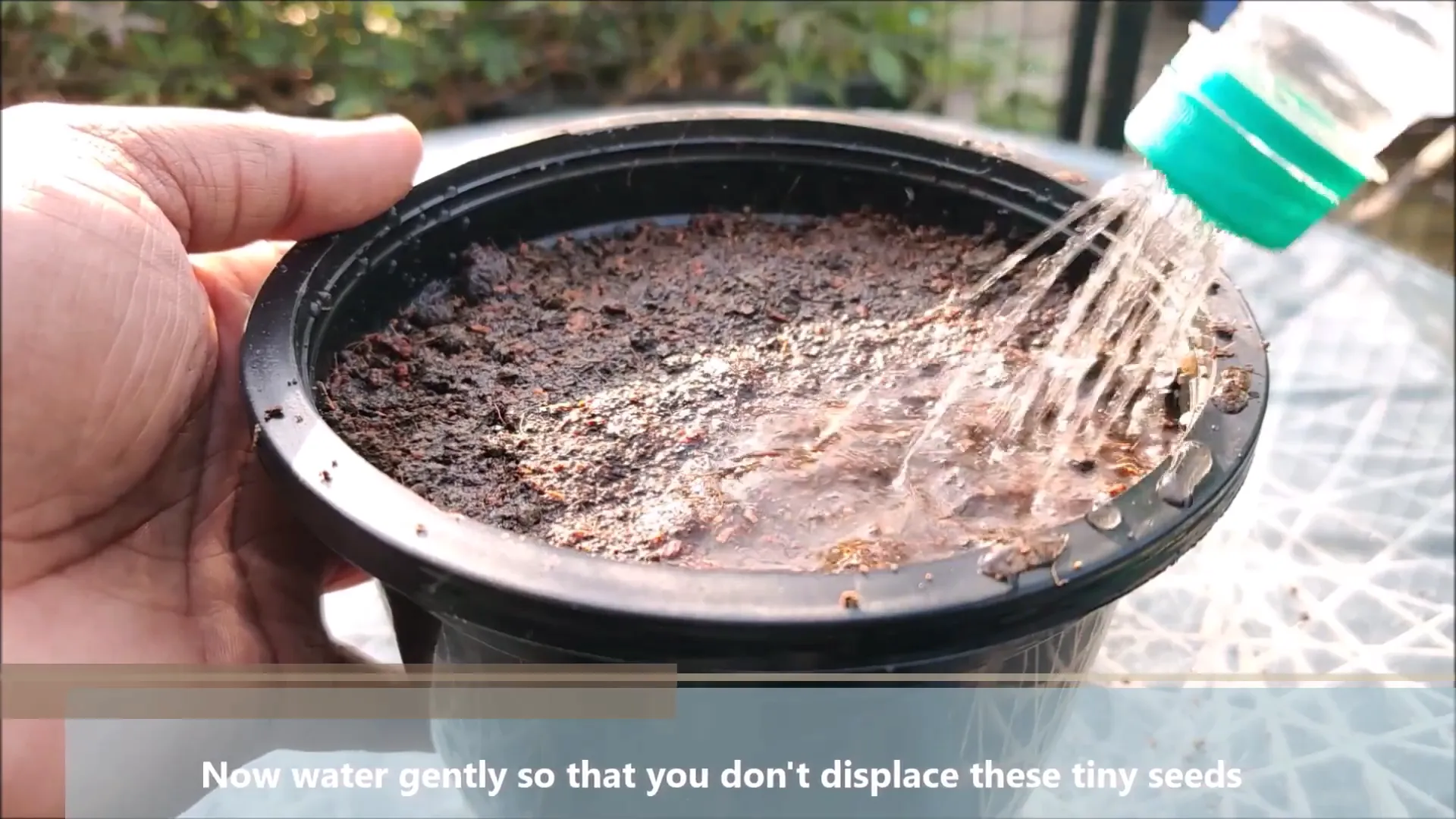
Caring for Chives
After the initial growth has taken place, chives are a love of minimal maintenance. They can be harvested in about 2 to 3 months. To cut, use a scissor, which makes it possible for the plant to regrow the stem from the center.
Chives are harvested the best and most taste full when they are fresh. Therefore, take only the required quantity. Salads, soups, or savory dishes can be garnished with them as well.
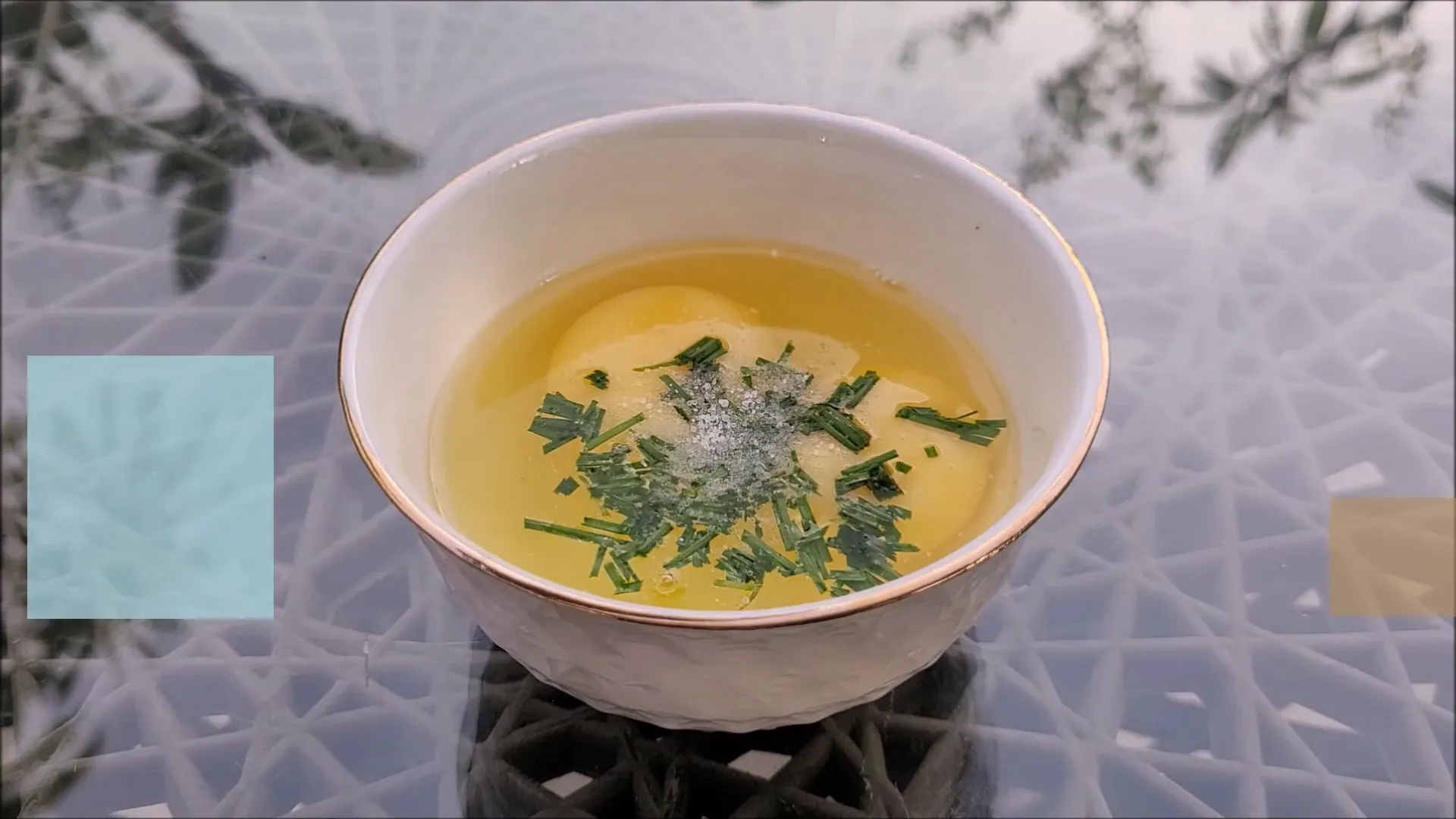
Arugula/Rocket: The Quick Growing Green
Arugula, widely referred to as rocket, is an extremely fast-growing herb with leafy textures and a spicy peppery to the taste which adds to salads and a variety of other dishes. This is the herb that would be suitable for people who want to see the results of their herb garden in the shortest possible time. Rocket is a type of vegetable that grows better in nutrient-rich soil which must also hold some moisture and it is a plant that can be easily grown throughout the year in a majority of the regions.
To get started with the process of planting, you would have to mix 60% garden soil and 40% cow manure. The soil needs to be moistened before sowing the seeds in order to provide the necessary moisture for germination.
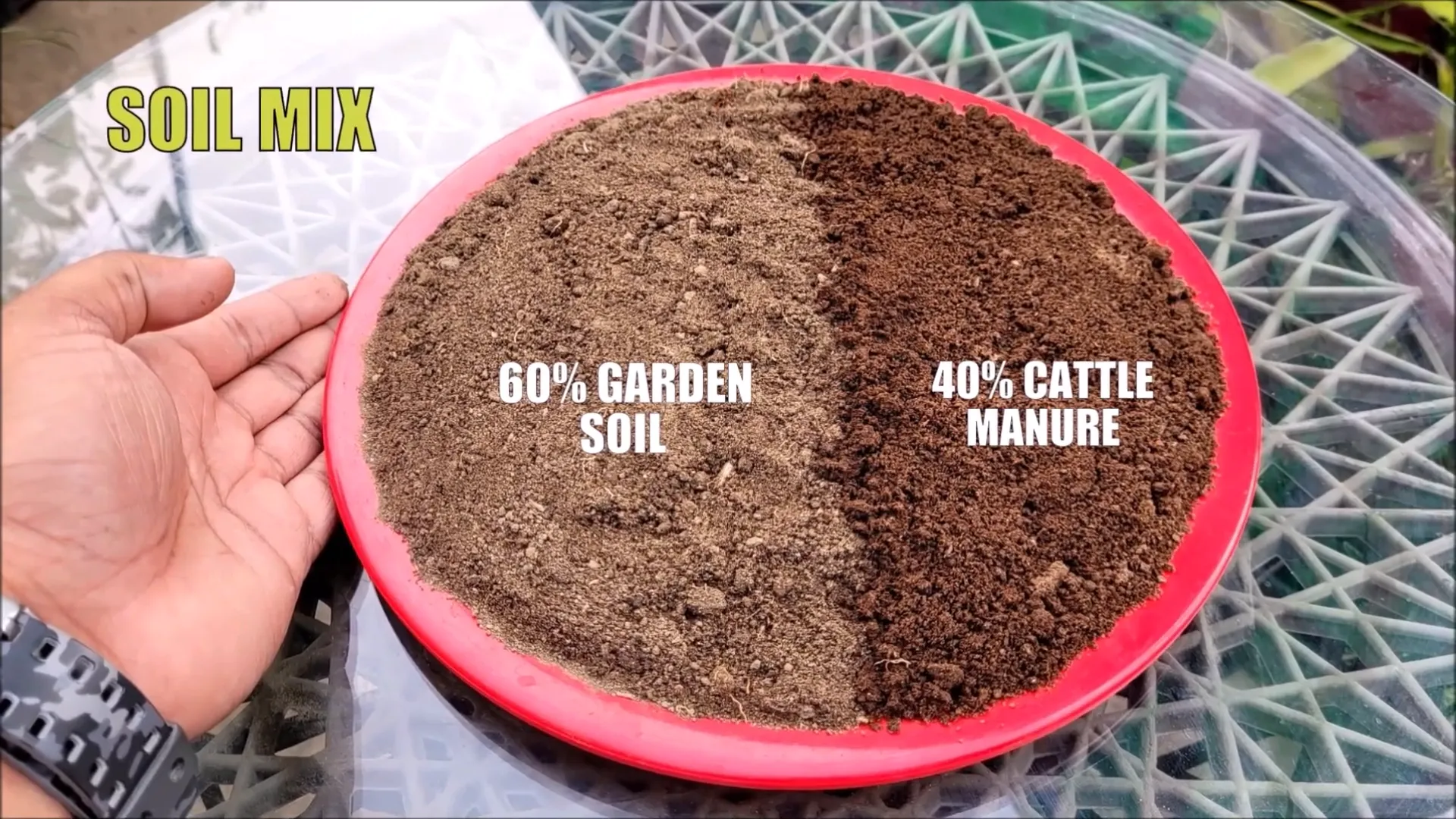
Planting Arugula
Spread the rocket seeds uniformly on the top layer of the soil and after that cover them lightly with soil and compress it gently. Water profusely for making sure the seeds have a good contact with the soil. Position the pot in full sunlight and be careful to keep the soil moist but not too saturated. Rocket sprouts easily and can be ready to be cut in about a month to a month and a half.
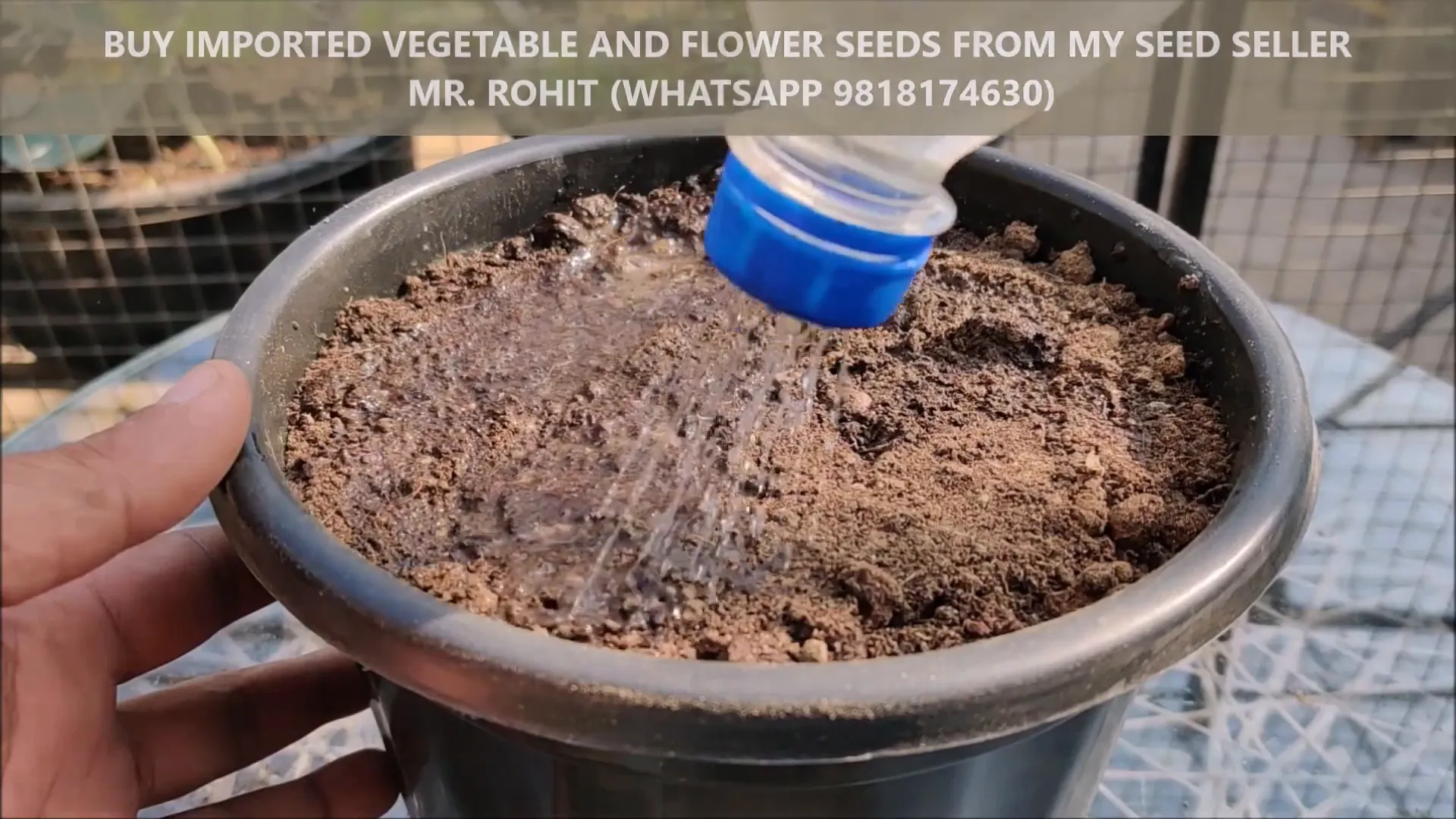
Caring for Arugula
Rocket should be watered regularly even under normal conditions, and especially in hot and dry weather to stop it from top-seeding prematurely. If the plants are dense, pull them back and add these seedlings to your salad for better growth.
To fasten the growth, you should apply a liquid fertilizer fit for herbs and vegetables to the plants every 12 to 15 days. The best flavor and tenderness can be attained when you start harvesting the leaves at the size of approximately 2 to 4 inches.
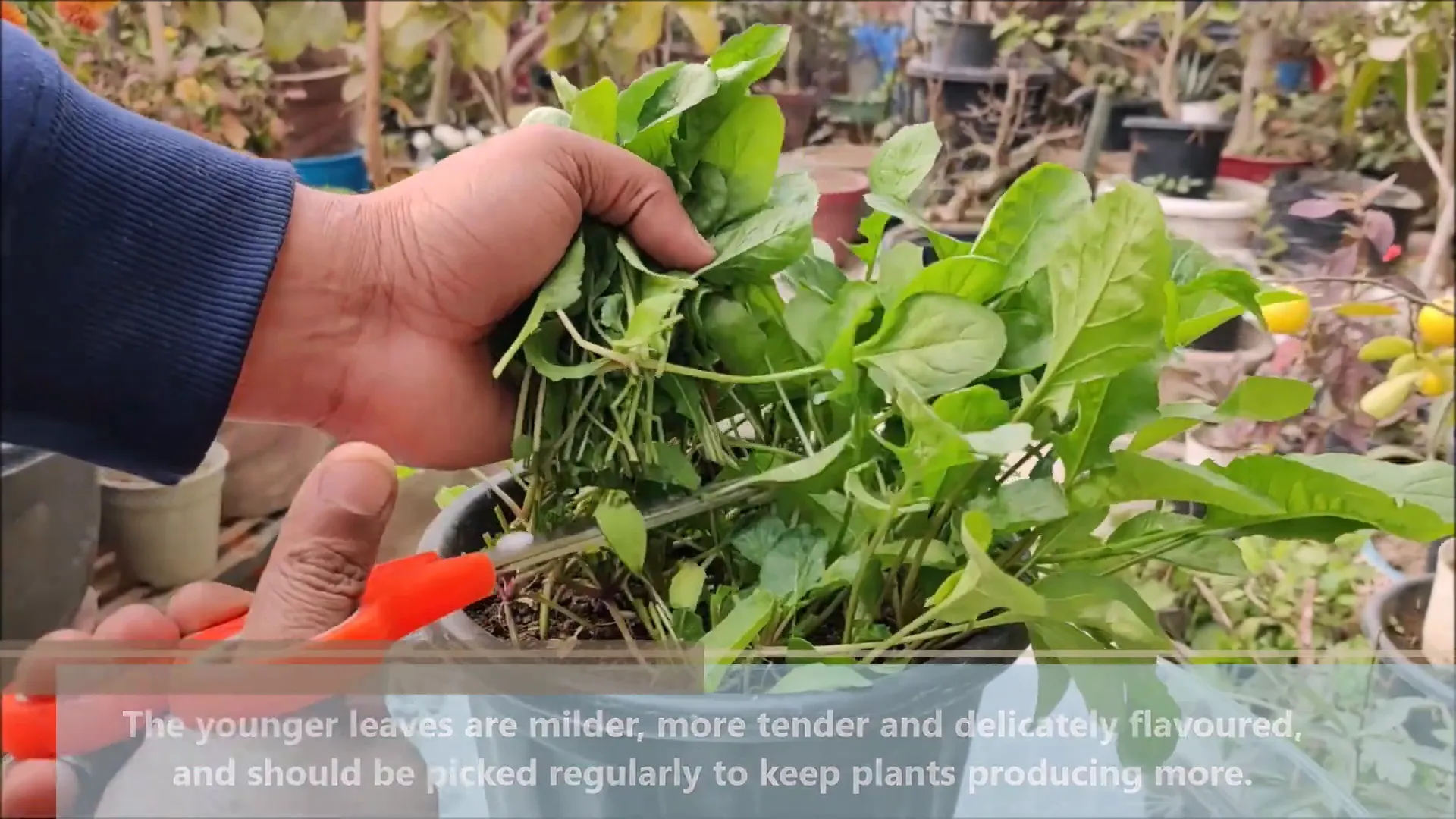
Mint: The Refreshing Herb
Mint is a multipurpose plant that can be grown easily and is a wonderful addition to drinks, desserts, and savory meals. To propagate this herb, one can utilize the healthy cuttings obtained from the mint found in stores. The plants must have the lively and green color of the stems, thus ensuring that there are no signs of wilting or decay before proceeding.
You should harvest 6 to 8 cuttings that are around 5 to 7 inches long and strip off the bottom leaves in order to show the nodes where the roots will grow.
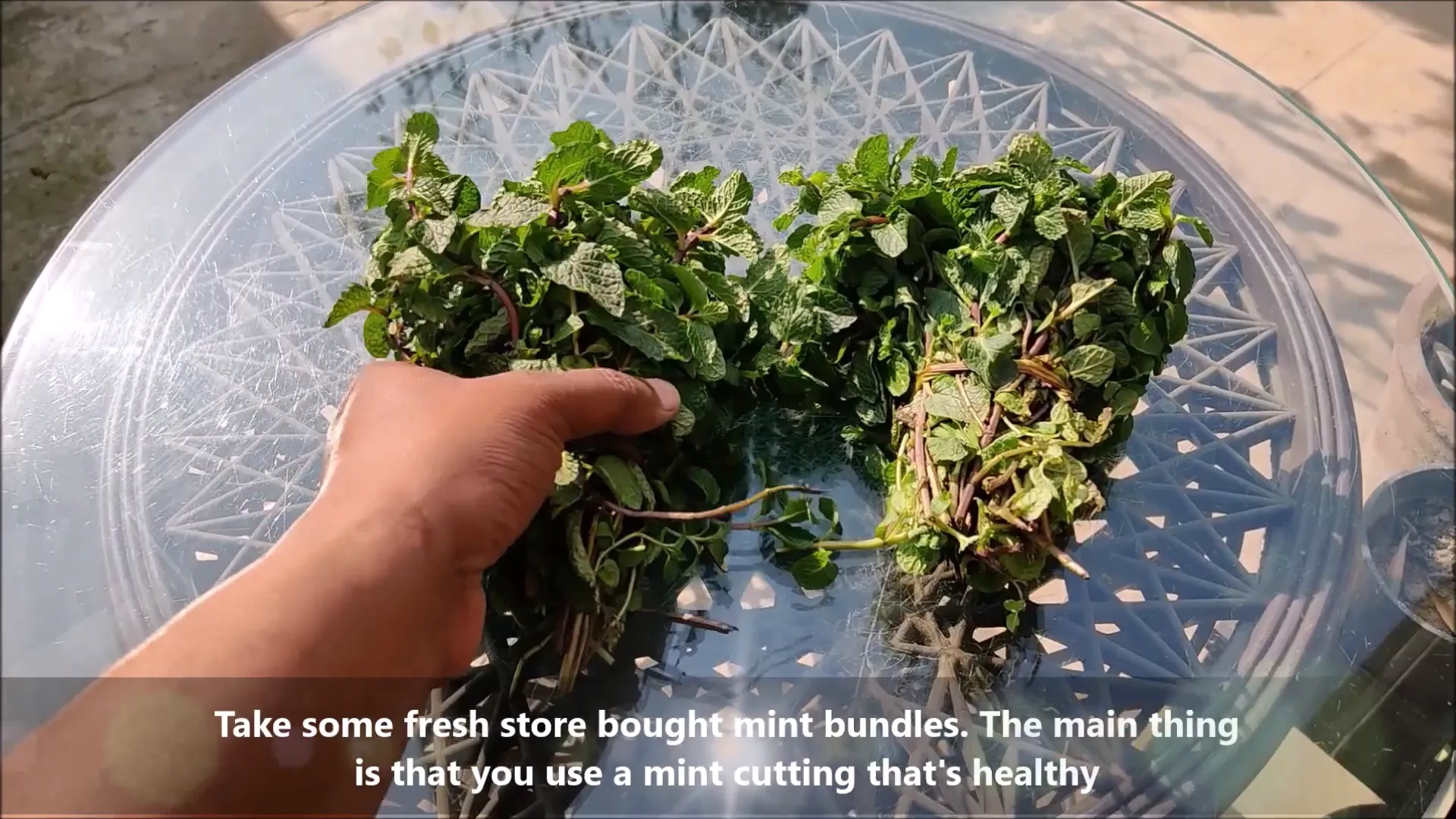
Rooting Mint Cuttings
Put the cuttings in a container with enough water, ensuring that the bottom nodes are completely submerged. Place the container in a spot that gets bright and indirect light in order to keep the cuttings from burning. Replace the water in the container every five days to keep it fresh and in a week’s time, you will see new sprouts and roots forming.
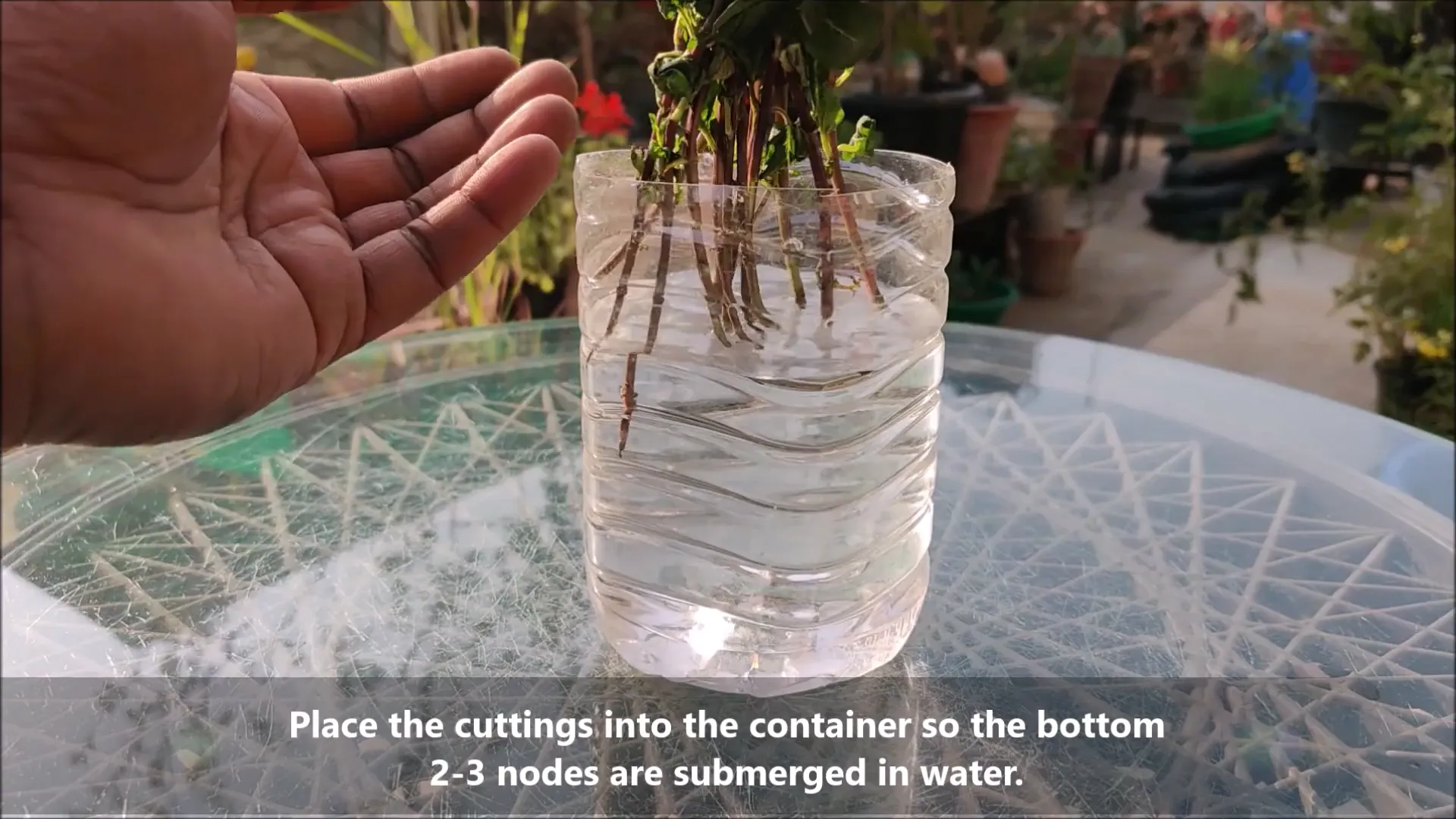
Caring for Mint
After you establish your mint plants, you should regularly harvest the leaves by pinching out the tops. The freshest leaves are those that are the most flavorful and softest, while pinching encourages bushy growth. Mint is a cut-and-come-again herb, meaning you can harvest it several times during the season of growth.
The addition of fresh mint to salads, drinks, and desserts will take your culinary skills to the next level, so it is an absolute necessity in your herb garden.
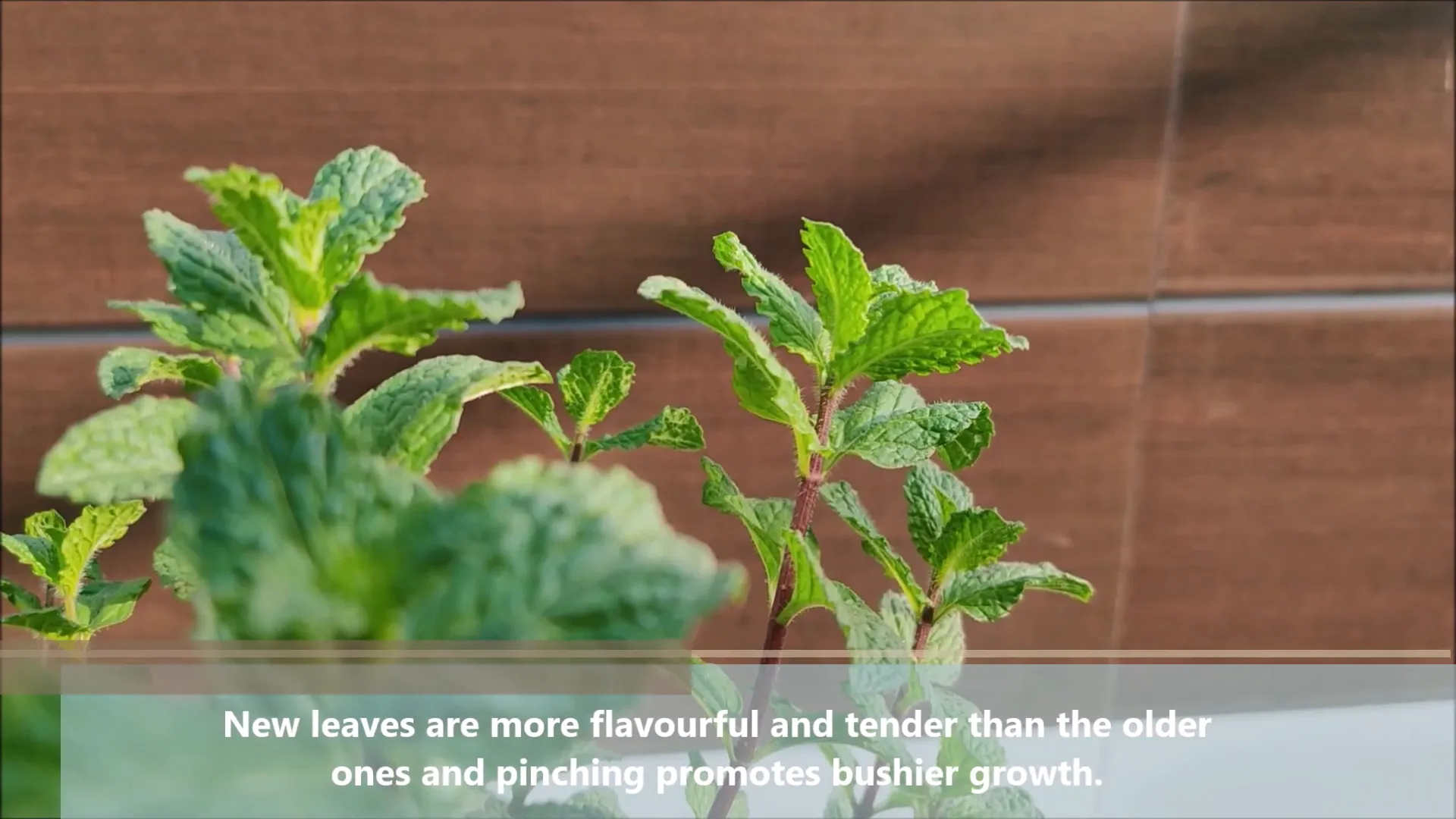
Dill: The Flavorful Herb
Dill is a quite peculiar but a very pleasant plant which is characterized by the addition of the special taste to food, especially in pickled and fish recipes. dill is an herb with which it is very easy to plant and does not need much care so it is an ideal choice for a beginner who wants to learn How To Grow Herbs.
As a first step, find a pot that is at least medium size, or preferably large with good drainage, such as one that is 8 to 10 inches wide and deep. Dill is a crop that is best grown in soil which is filled and well-mixed with organic matter. This can be achieved by using the right ratio, which in this case is 50% garden soil, 30% cattle manure, and 20% sand for the best results.
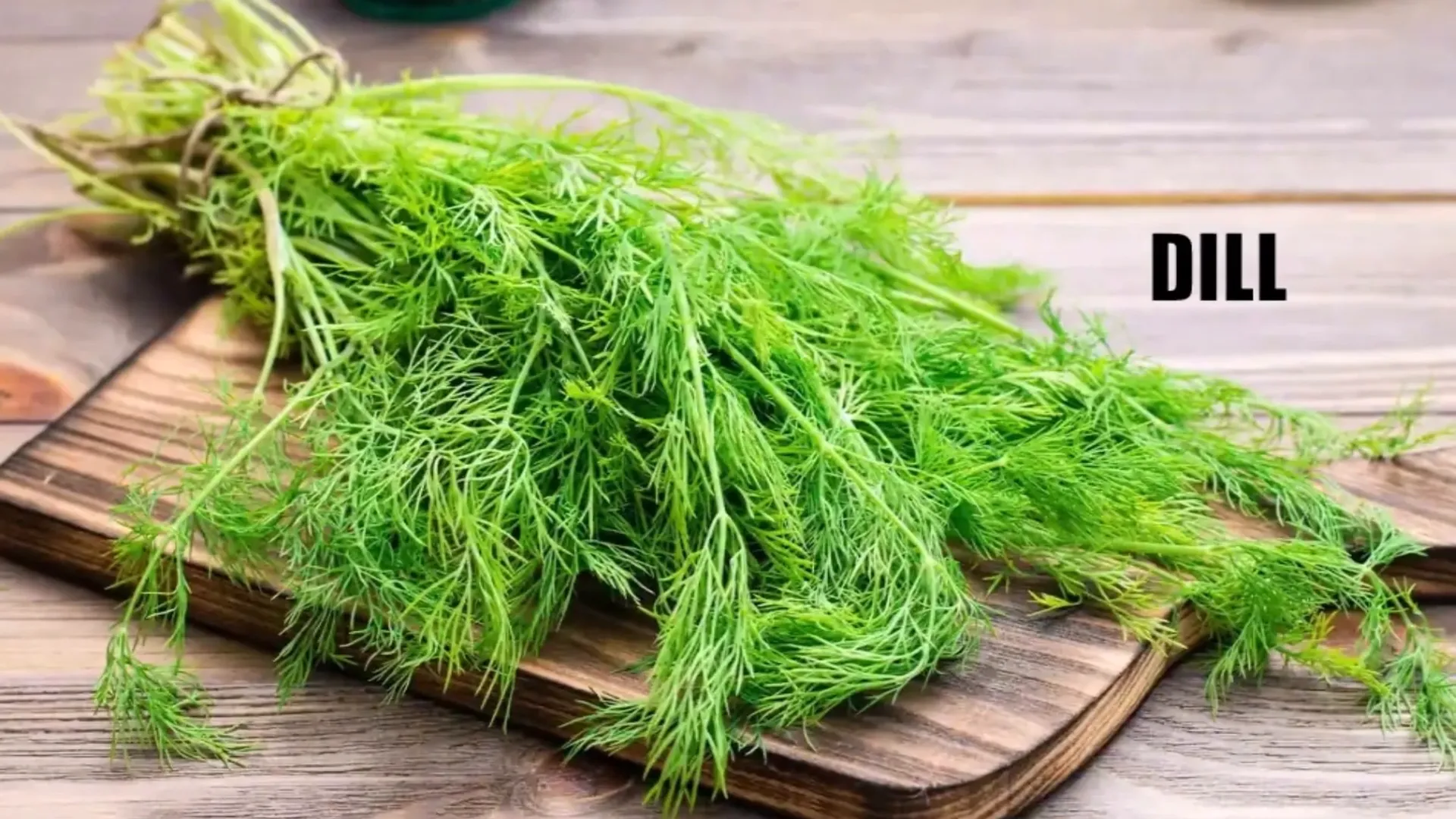
Planting Dill
To ensure that the seeds get a good moisture level for germination, you should wet the soil mix before seeding. Evenly spread the seeds over the top of the soil and rub the soil lightly to cover the seeds. Since dill does not do well when moved, the best option is to seed it directly in the chosen location. It is essential to keep the soil moist while the seeds are sprouting, which usually lasts from 8 to 12 days.
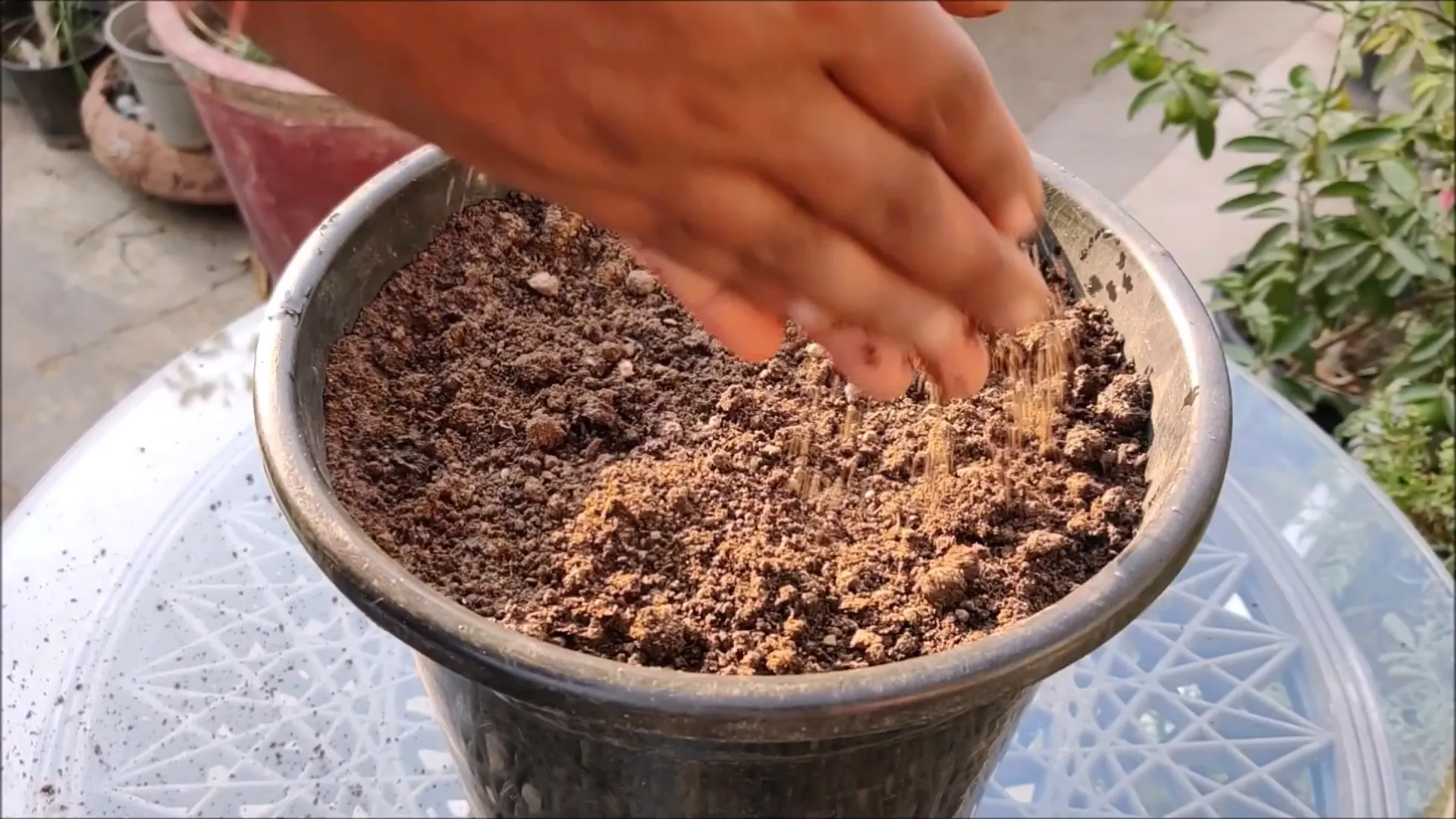
Caring for Dill
Watering dill properly is the most important thing to do. For steady growth, add enough water to the soil to keep it moist all the time. When young plants grow to about 4 to 5 inches in height, remove some of them, so that the best ones can develop strong. Dill needs the sun directly because it grows well that way. Ensure that it has a minimum of 5 to 7 hours of sun daily.
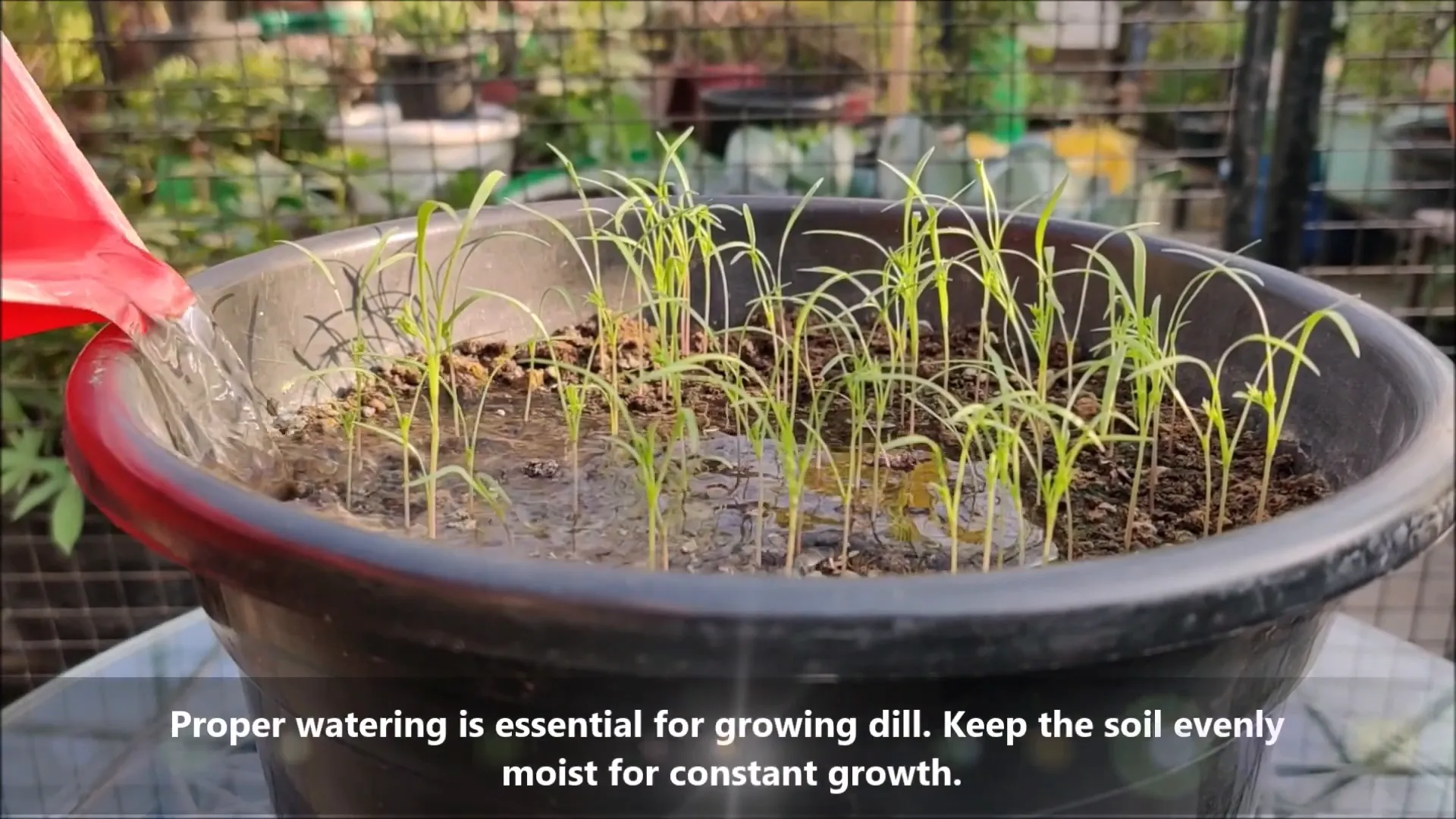
Harvesting Dill
Dill can be ready for harvest within a short time of 40 to 50 days. Farmers are allowed to alternative peg the outside part of the leaves to the plants so that they can have another growth in a cut-and-come-again basis. Lapha is wealthy in a large number of dishes like sliced chicken, fish, egg, and of course, it accompanies dill pickles alongside a Pita Bread!
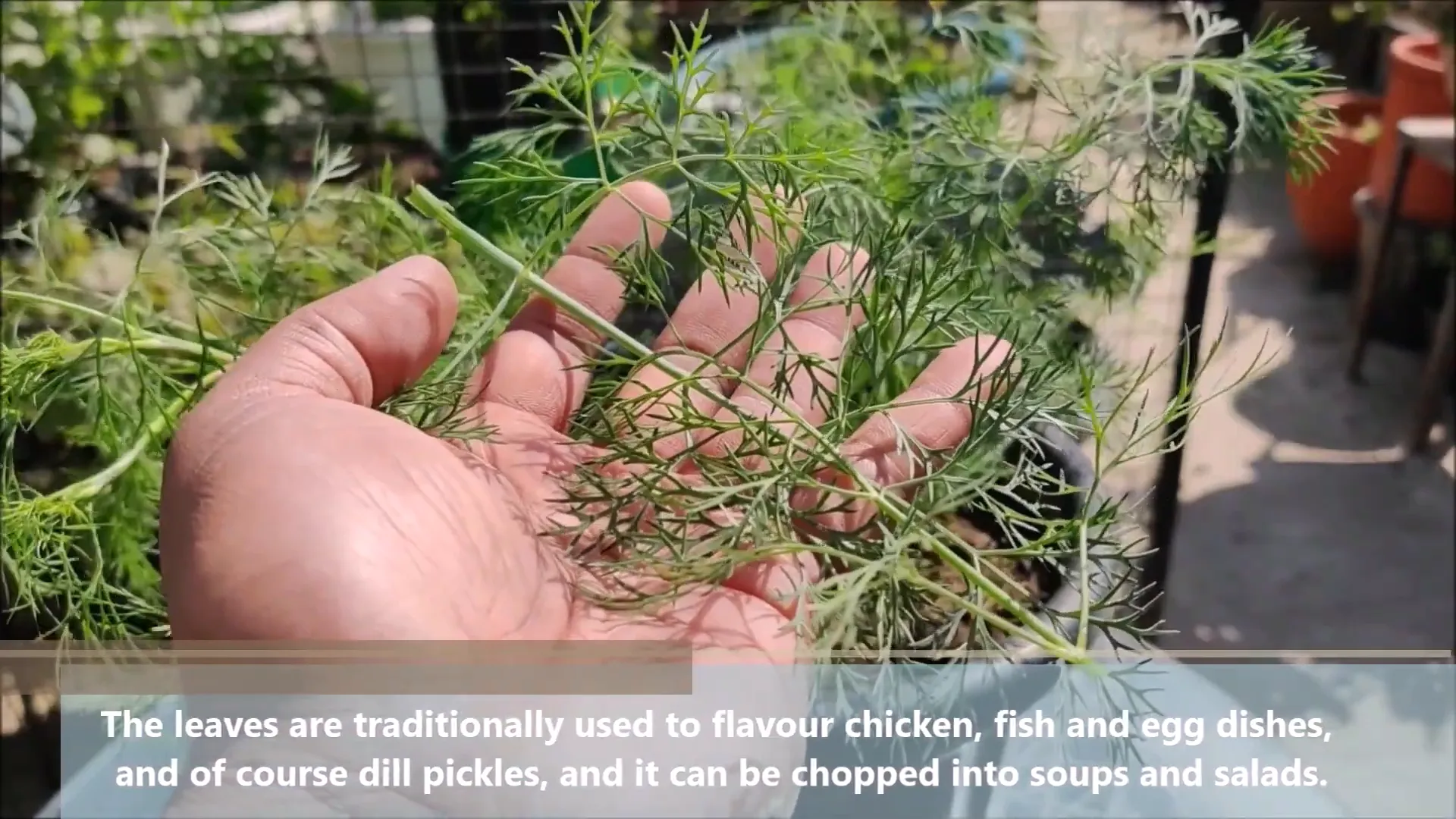
Stevia: The Natural Sweetener
Stevia is a remarkable plant that is specifically recognized for its formulation of naturally occurring sugar. It is a very good substitute for sugar and can be cultivated with convenience in pots, so it can be added to your herb garden as a plus.
A container which measures 8 to 10 inches in both depth and width is your best bet. Since the plant stevia grows best in organic matter dense soil, the most suitable mix is 60% garden soil and 40% worm compost. It is essential to wet the mixture of soil before the time of planting.
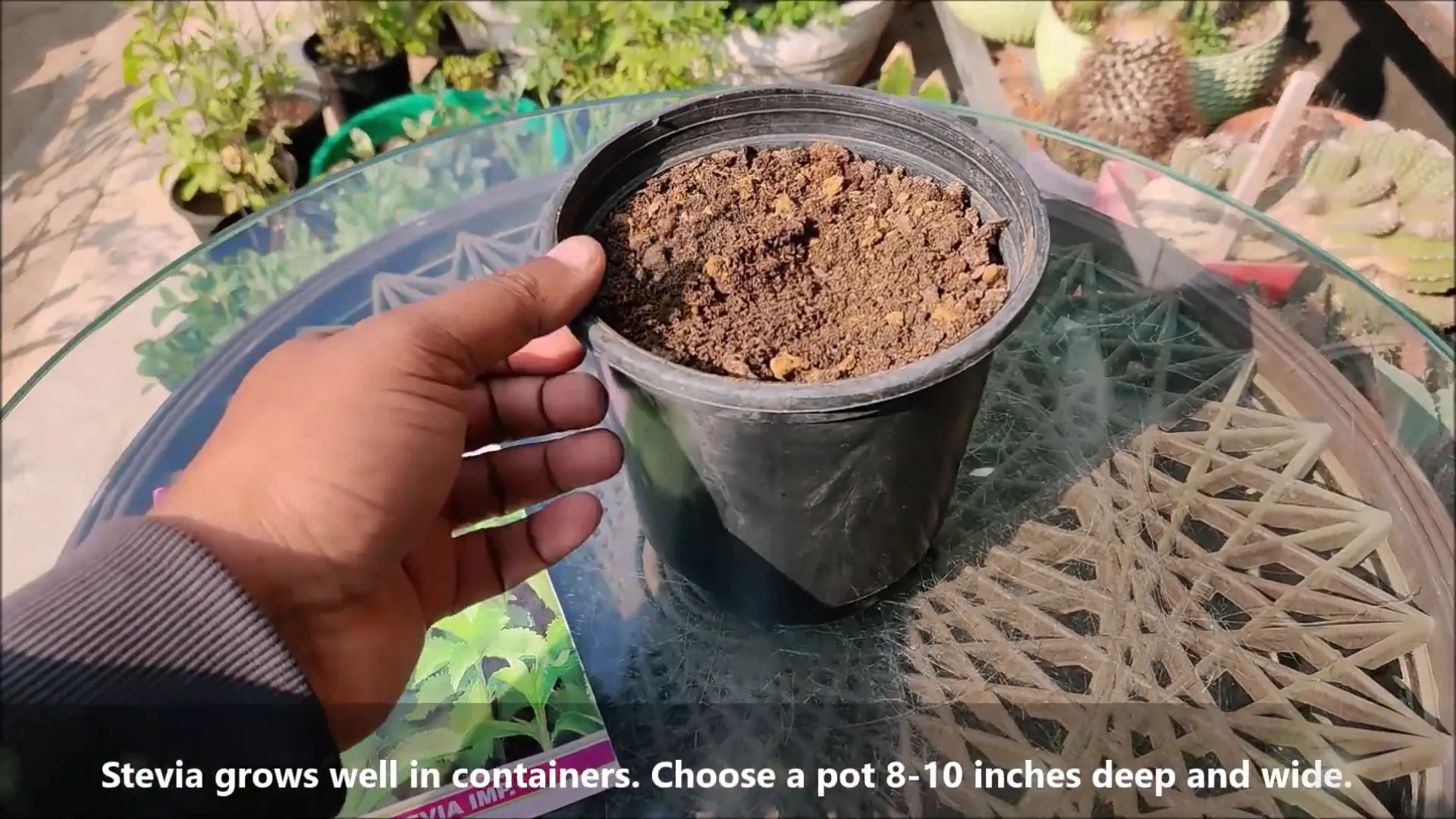
Planting Stevia
Spread the seeds evenly on the soil mixture and lightly cover them with a very thin layer of the soil. Squeeze the soil lightly to make it durably packed. Water the area little by little so as to make sure of fine soil contact. Answer to Stevia seeds which prefer to be germinated in moist and warm conditions for a period of 14 to 18 days.
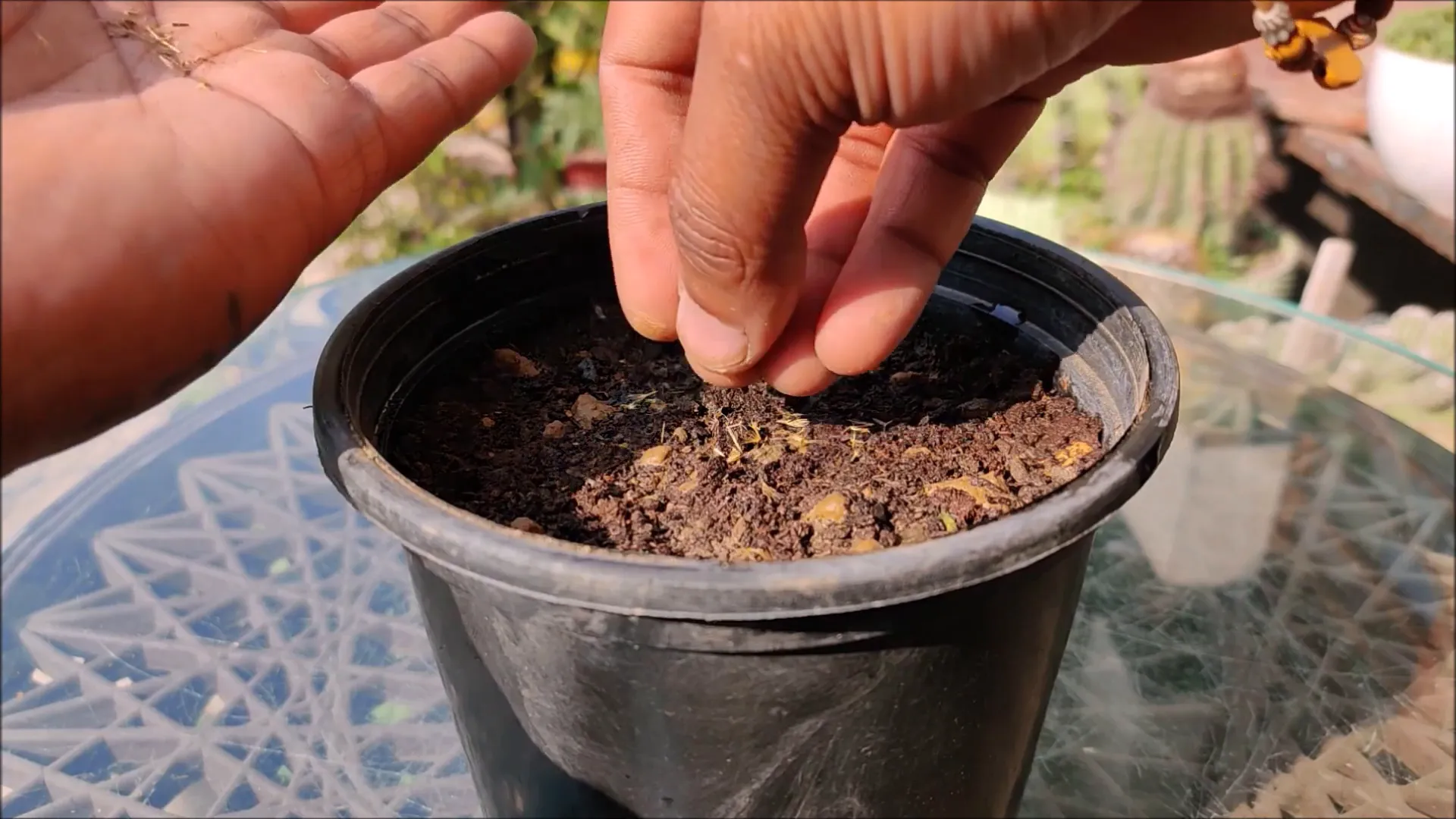
Caring for Stevia
Stevia is an herb that thrives under direct sunlight, but it will also be able to grow better with some shade in the afternoon, especially in hot areas. Stevia being the optimum plant, keeping the soil well watered and adequately moist is a prerequisite to achieving good growth. Stevia is a perennial plant, although its rapid growth rate after the first year diminishes, planting it again is advisable.

Harvesting Stevia
You can pick separate leaves or whole branches from the stevia plant, just don’t forget that you should never take away more than a third of the plant in one go. The ideal harvesting time is morning when the plant has the highest sugar content. Fresh stevia leaves are amazing for making teas, smoothies, or they can be eaten as a healthy snack.
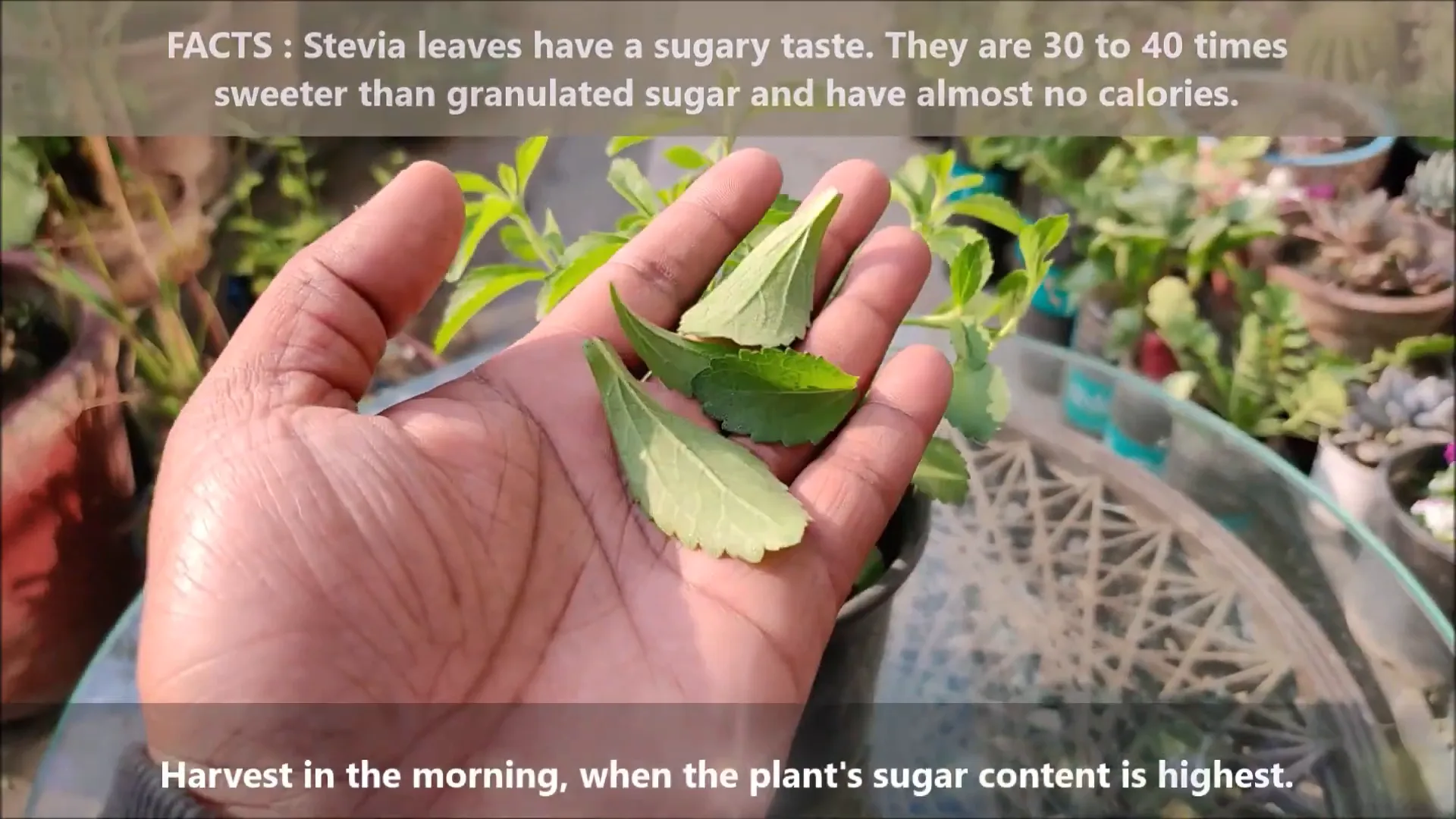
Thai Basil: The Fragrant Herb
Thai basil is a wonderful aromatic herb that imparts a special flavor to various Asian dishes. Its very own signature smell and flavor turns it into a wonderful addition for all cooking lovers. Planting Thai basil seeds is not difficult at all and the plant shines in warm weather.
First, look for a container that has a minimum size of 12 inches in both diameter and height, and double-check that it is equipped with drainage holes for effective root growth. The best substrate mix for Thai basil is a well-draining soil with 50% garden soil, 30% compost, and 20% river sand.
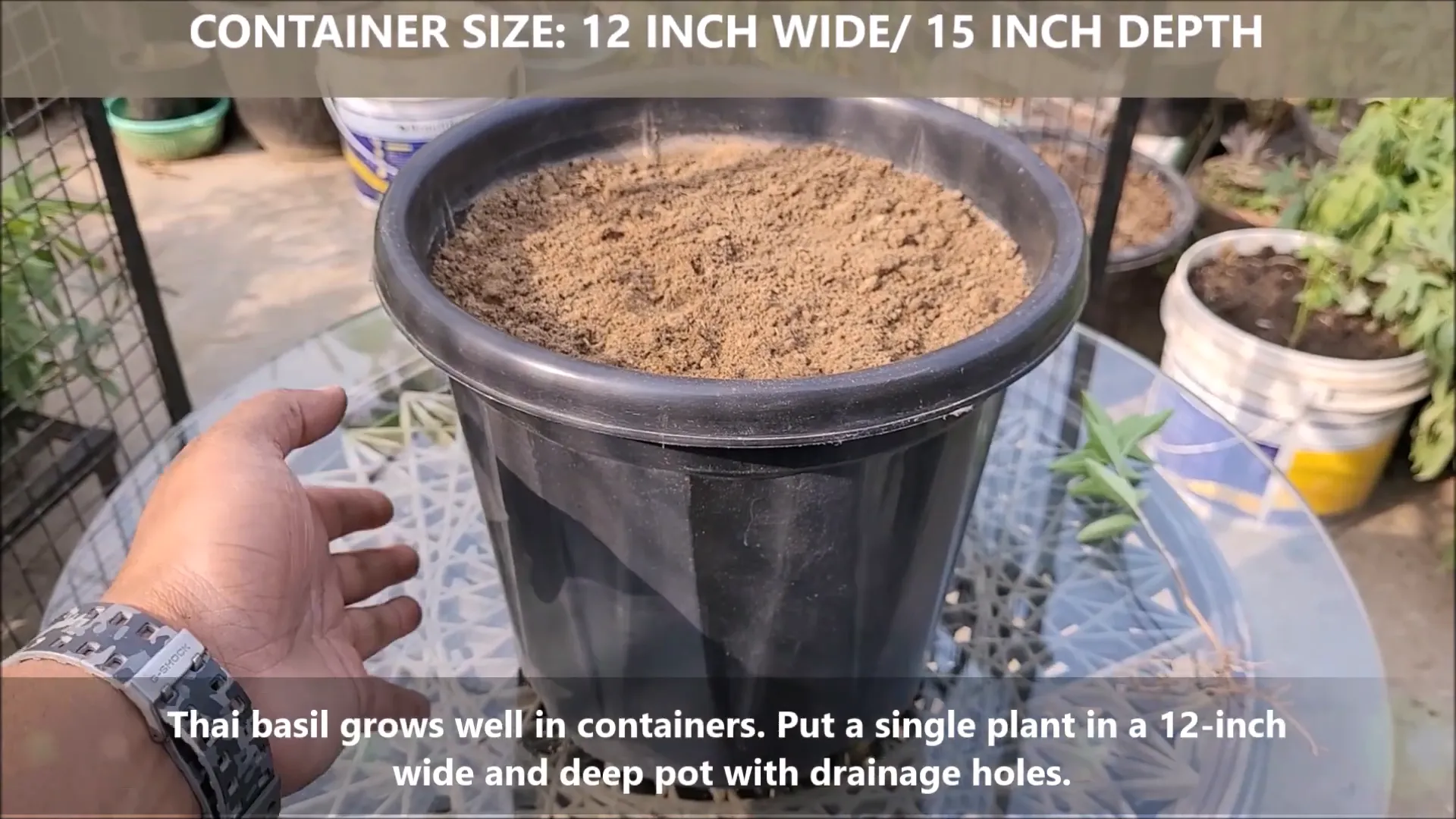
Planting Thai Basil
To start, sprinkle the seeds evenly on the top layer of the soil and bury them meagerly. Claire the soil should be moist throughout the germination period, which typically happens after about 10 days. Thai basil needs at least 6 hours of direct sunlight every day, hence you should place it in a brightly lit area.
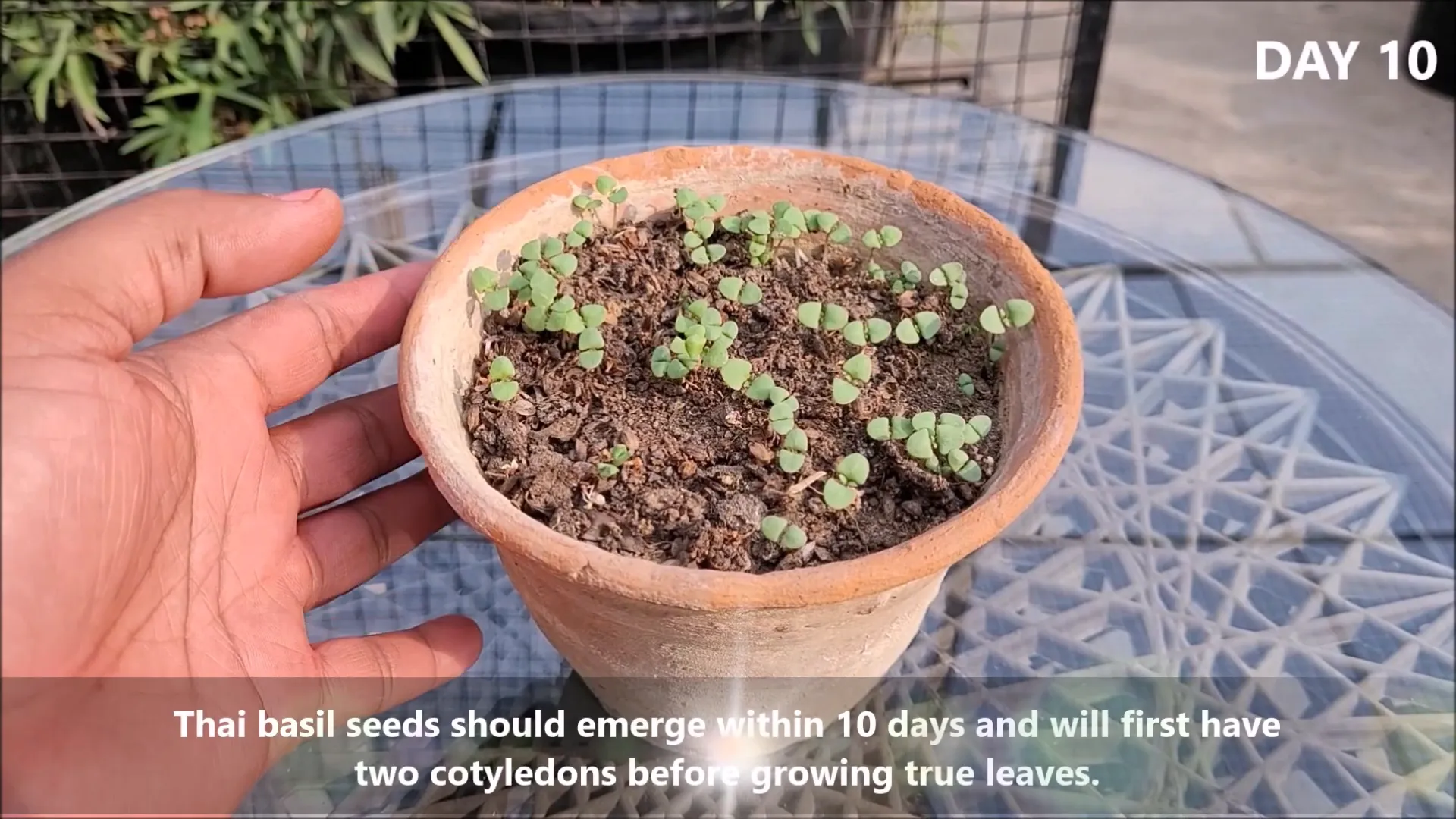
Caring for Thai Basil
Your Thai basil plants are now suitable for transplanting when they have a height of around 4 to 6 inches. This herb has high nitrogen requirements, so regular fertilization is necessary to meet those requirements. To help the nutrients penetrate the soil, you should mix well and water immediately after fertilizing.
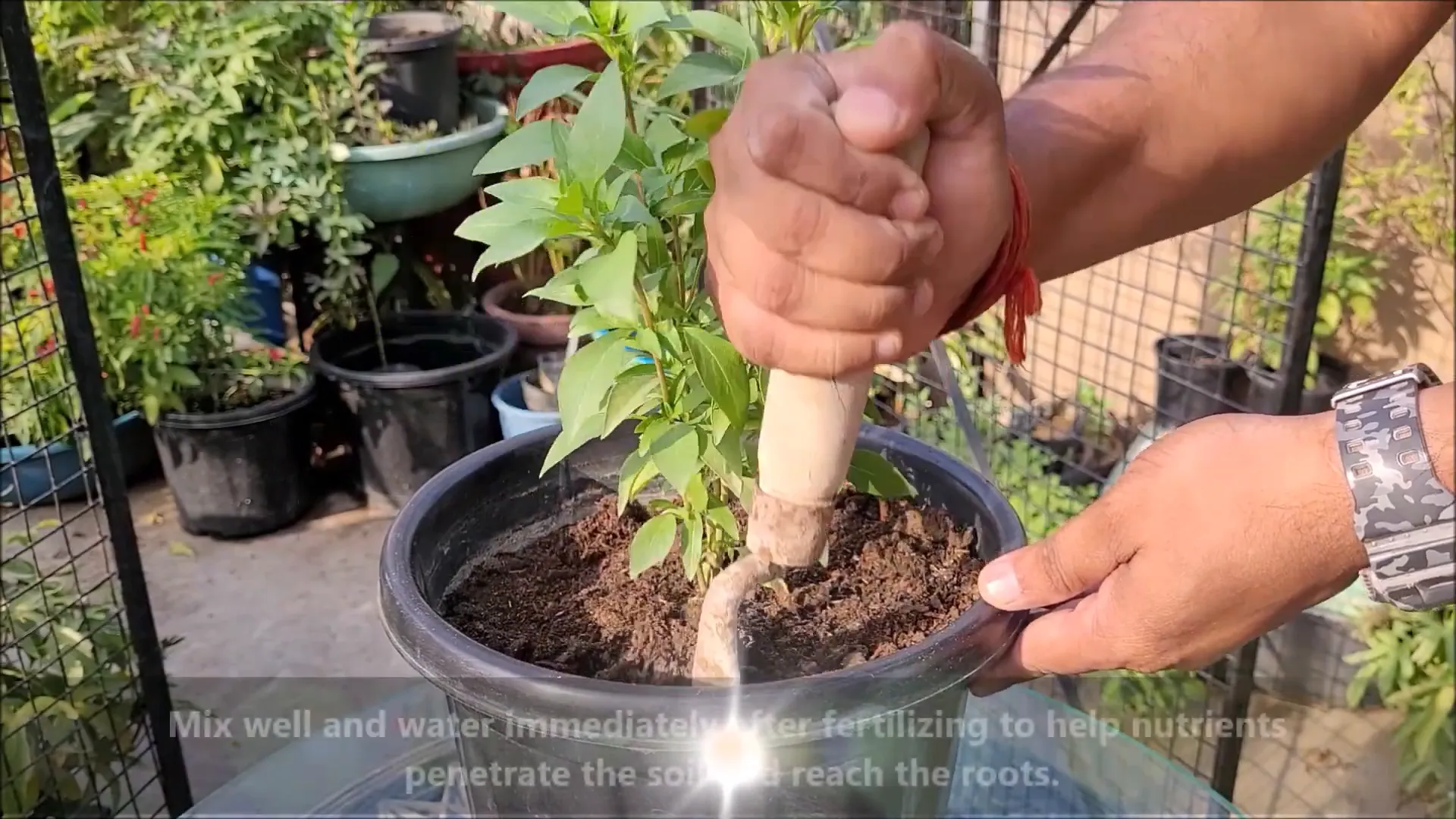
Harvesting Thai Basil
To take Thai basil, it is necessary to collect the highest leaves from the branches. Regular harvesting promotes the branched growth of the plant and you can gather leaves every other day. The best effect of this herb is that it can be used straight to really experience its full taste spectrum.
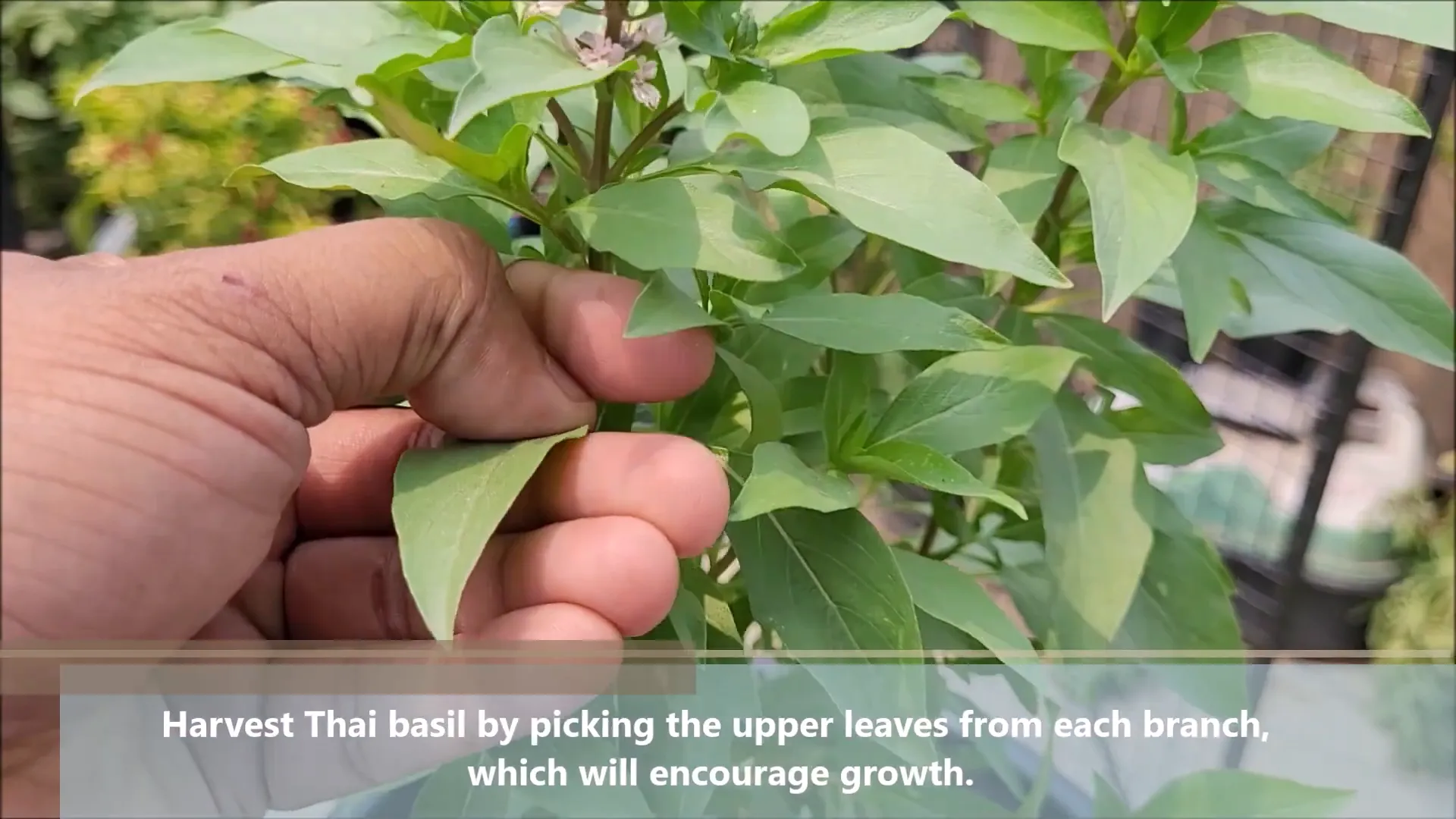
Conclusion: Enjoying Your Homegrown Herbs
The biggest advantage of nurturing home herbs is that it gives a feeling of satisfaction and it also increases the pleasure of cooking. Just like the bright and fresh taste of dill, the sweet and fruity taste of stevia, and the strongly odorous smell of Thai basil, each of the herbs gives a special flavor in your culinary dishes.
Embarking on your herb gardening adventure, it is essential to keep in mind that patience and care are your virtues. The act of harvesting that is regularly carried out encourages the growth of the plants and guarantees the full season supply of fresh herbs. Don’t forget to read our other guides, like how to grow chillis in the house, and find out more ways to cultivate your garden.
Thus, collect your pots, plant the seeds, and take pleasure in the achievement of growing your own herbs. Wishing you a happy gardening season!
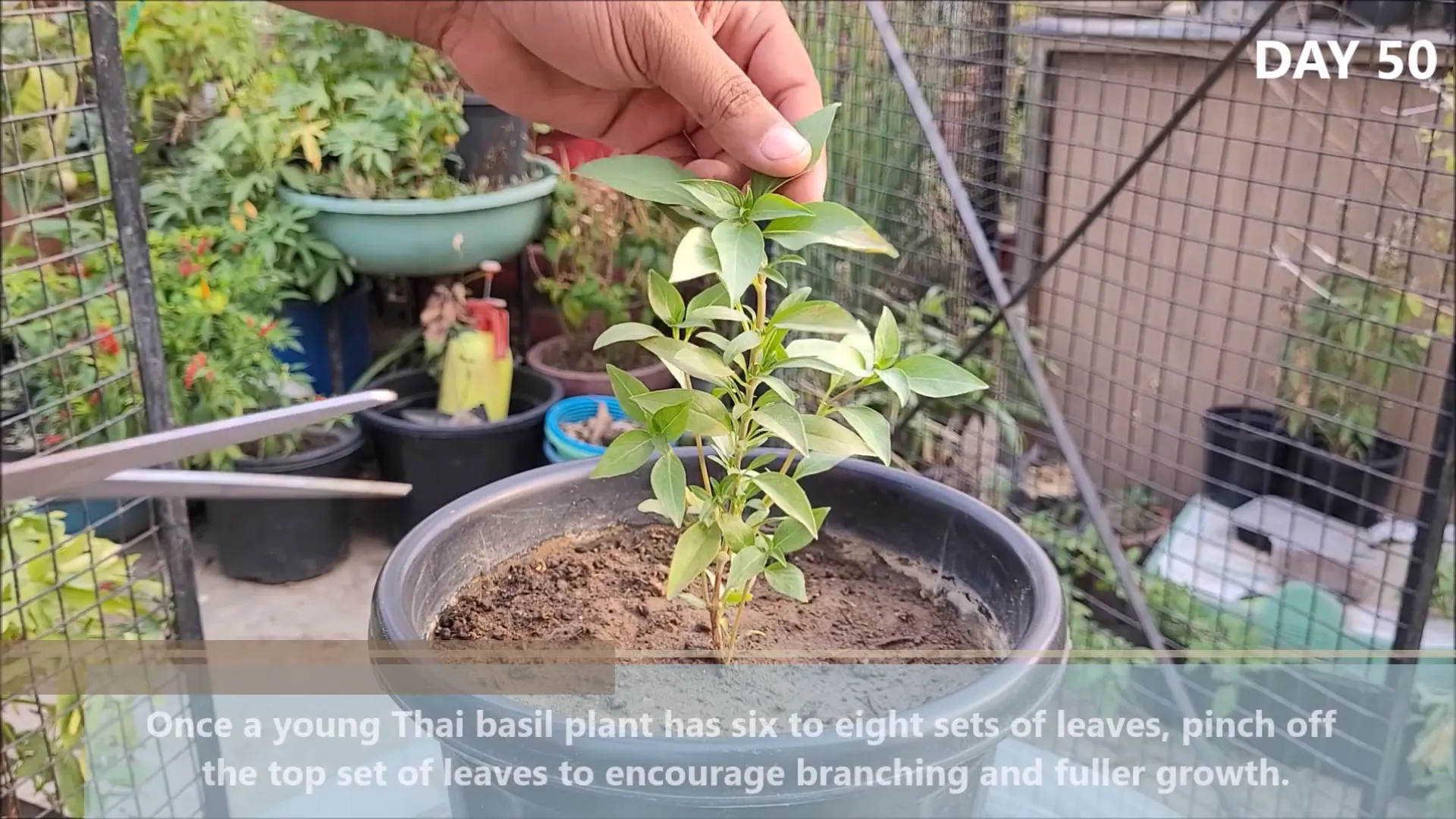
Related Articles: How To Grow Strawberries From Seed: A Step-by-Step Guide , How To Grow Chillies At Home: A Comprehensive Guide from Seed To Harvest

